In the early decades of the 20th century, New York City’s theater scene exploded with a new energy, centered around a newly developing district. The old theater center around Union Square and Herald Square was rapidly being replaced by a brighter, more concentrated area of entertainment. This was the era when Longacre Square was renamed Times Square, and its cross-streets became lined with brand new, brilliantly lit theaters, earning the strip of Broadway its famous nickname, “The Great White Way.”
The theaters themselves were palaces of entertainment. Built in the ornate Beaux-Arts style, their facades were often made of white limestone or terracotta, decorated with intricate carvings. Inside, audiences were greeted by grand lobbies with marble staircases, crystal chandeliers, and plush carpeting. The auditoriums were designed to be lavish and intimate, with rows of velvet seats, walls covered in silk damask, and a heavy velvet curtain hiding the stage. A gilded proscenium arch framed the stage, creating a sense of spectacle before the show even began. The Lyceum Theatre, which opened in 1903, and the Belasco Theatre, opened in 1907, were prime examples of these new, elegant playhouses. The Belasco, in particular, was known for its state-of-the-art stage technology and lighting systems, which were personally supervised by the famed producer David Belasco.
The most popular and extravagant productions of the era were the musical revues. The undisputed king of this genre was Florenz Ziegfeld, whose annual “Ziegfeld Follies” became a New York institution. Playing at grand theaters like the New Amsterdam, the Follies were a lavish spectacle featuring comedy sketches, popular singers, and, most famously, enormous production numbers with dozens of elaborately costumed showgirls. These shows were designed to be a feast for the eyes, with no expense spared on costumes and scenery.
Read more
Alongside the Follies, vaudeville was the most popular form of entertainment for the masses. A vaudeville show was a variety program, a fast-paced series of unrelated acts. A single bill would include a singer, a comedian, a team of acrobats, a magician, a trained animal act, and short comedic plays. The goal was to have something for everyone. The ultimate goal for any vaudeville performer was to “play the Palace.” The Palace Theatre on Broadway, which opened in 1913, quickly became the most prestigious vaudeville house in the country, and headlining there marked the peak of a performer’s career.
While musical comedies and vaudeville drew the largest crowds, serious drama also had its place on Broadway. Popular actors like John Drew Jr. and actresses like Maude Adams and Ethel Barrymore starred in dramatic plays and romantic comedies, becoming some of the first great American stage stars of the new century. For a New Yorker in the early 1900s, a night at the theater offered a world of options, from high-minded drama to the pure spectacle of the musical revue.


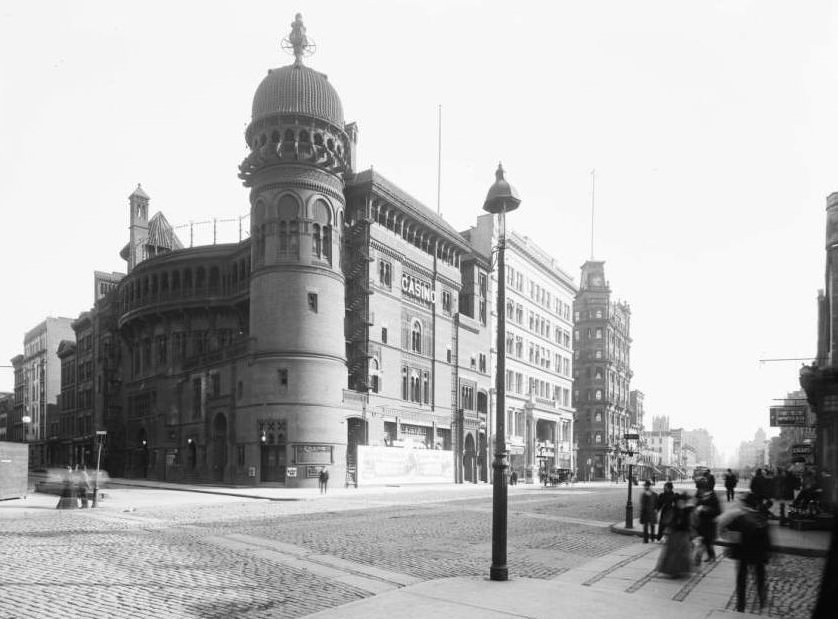
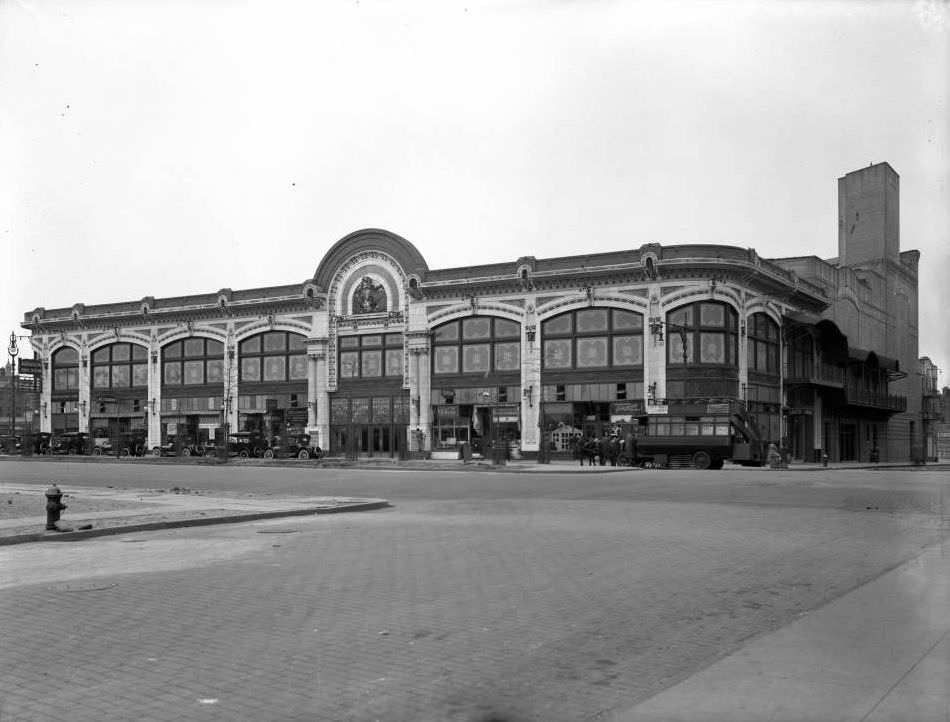


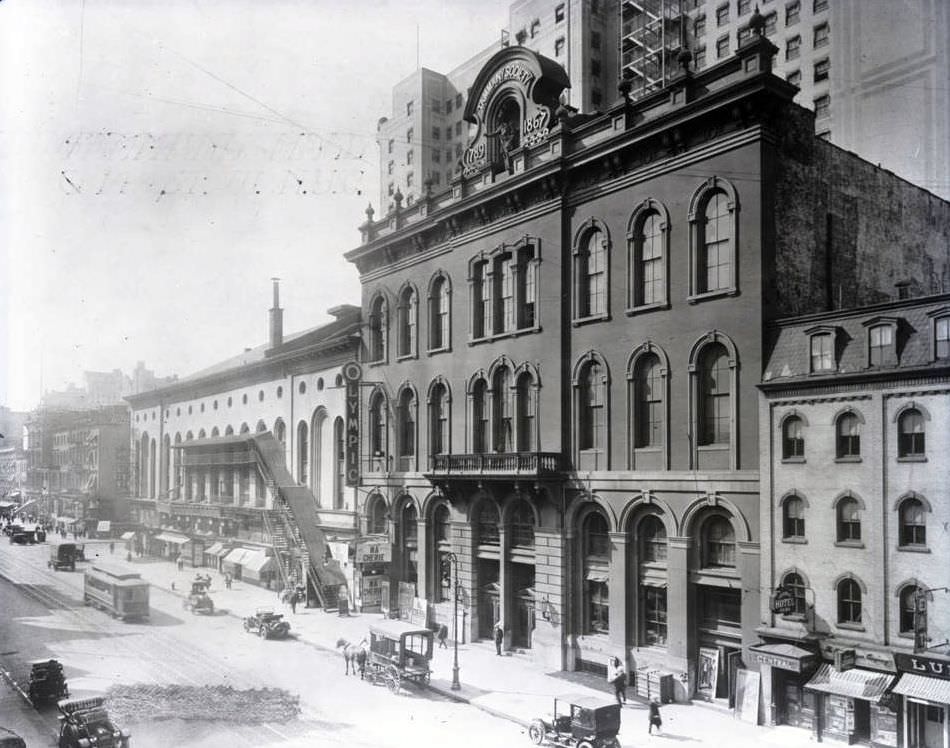
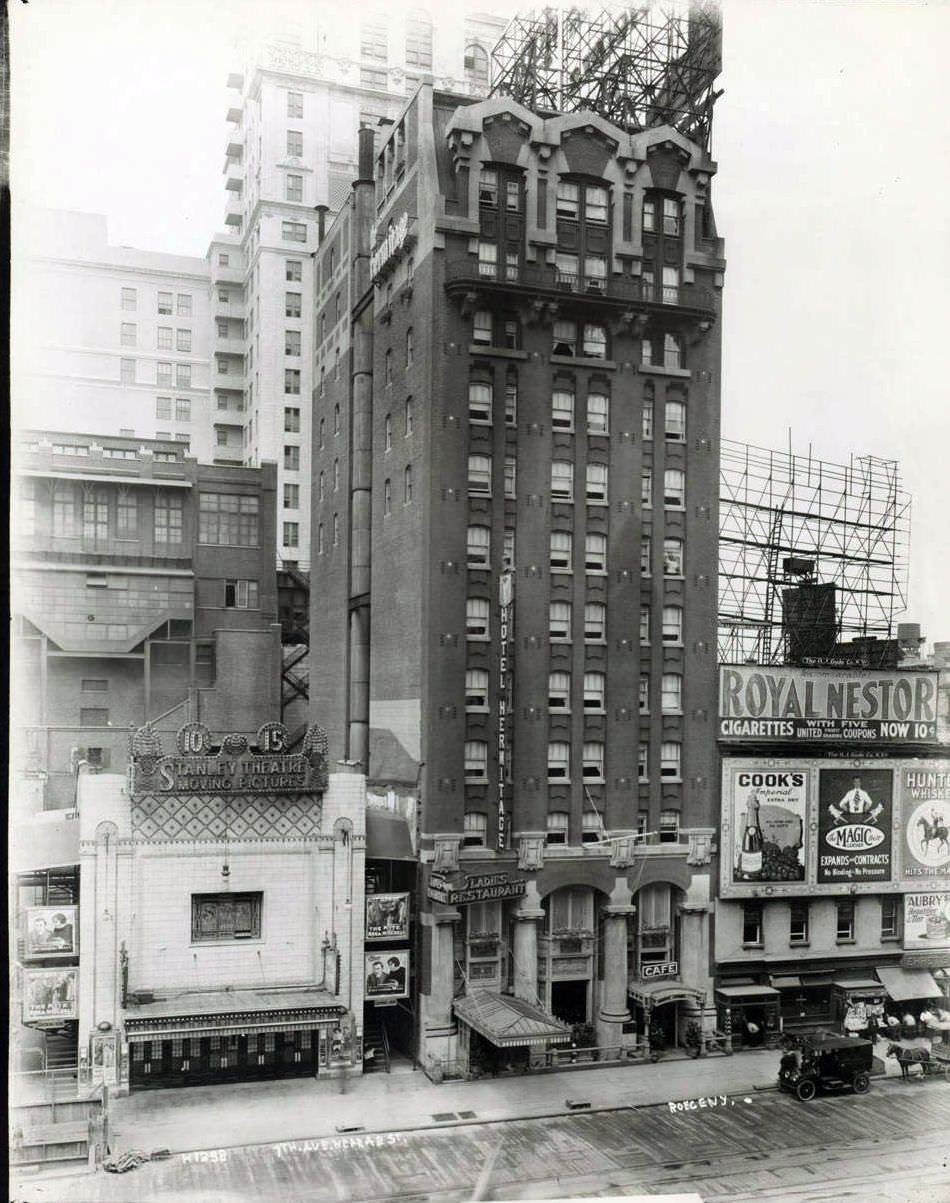
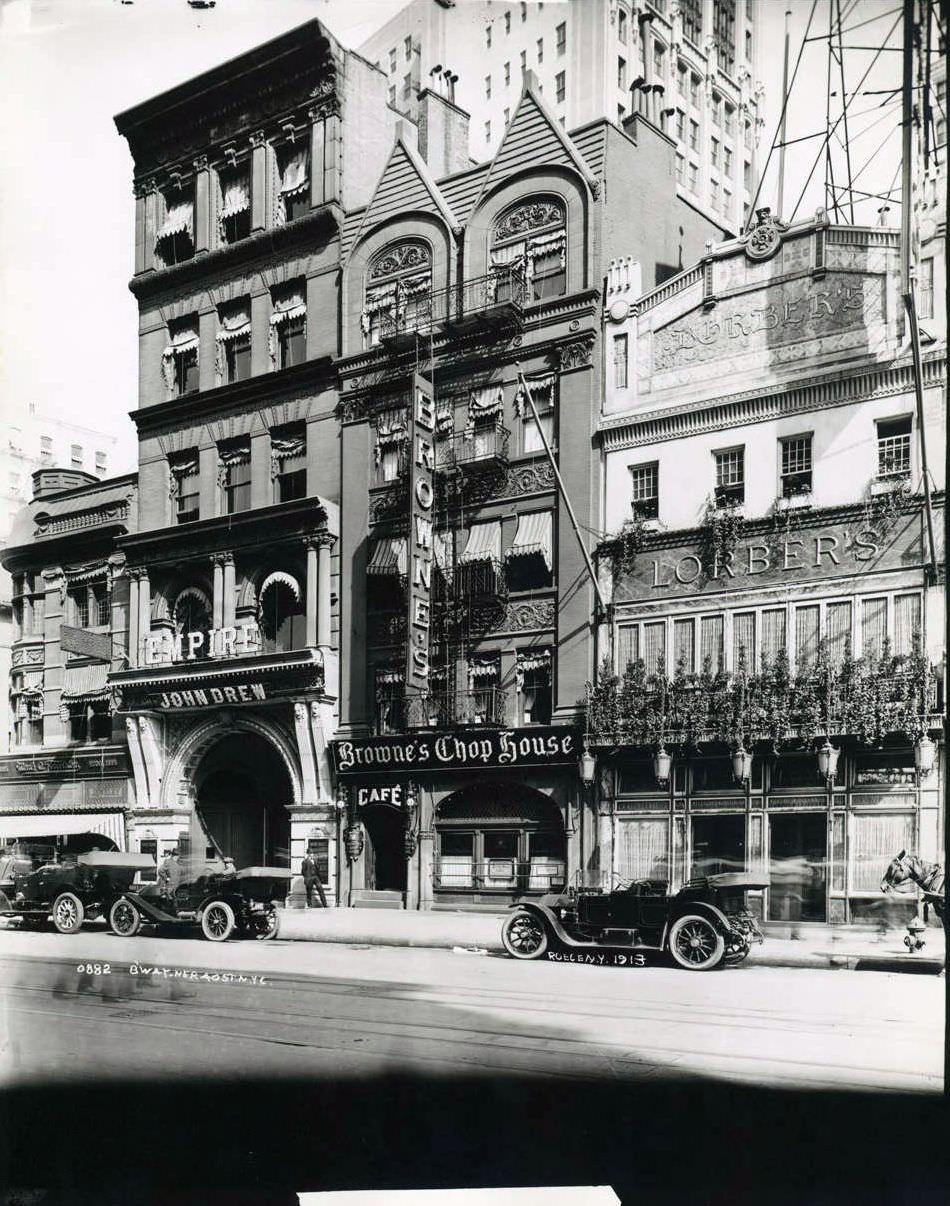
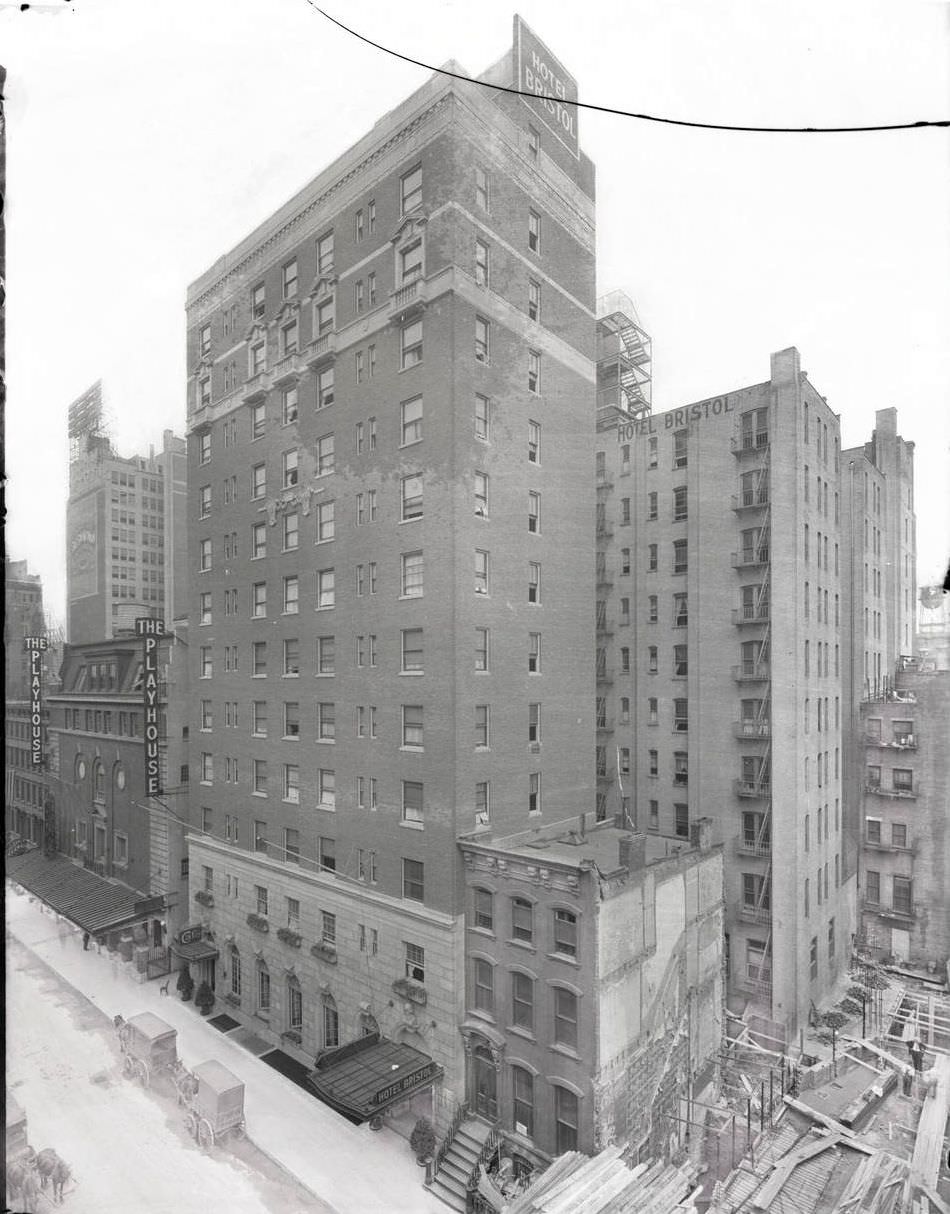
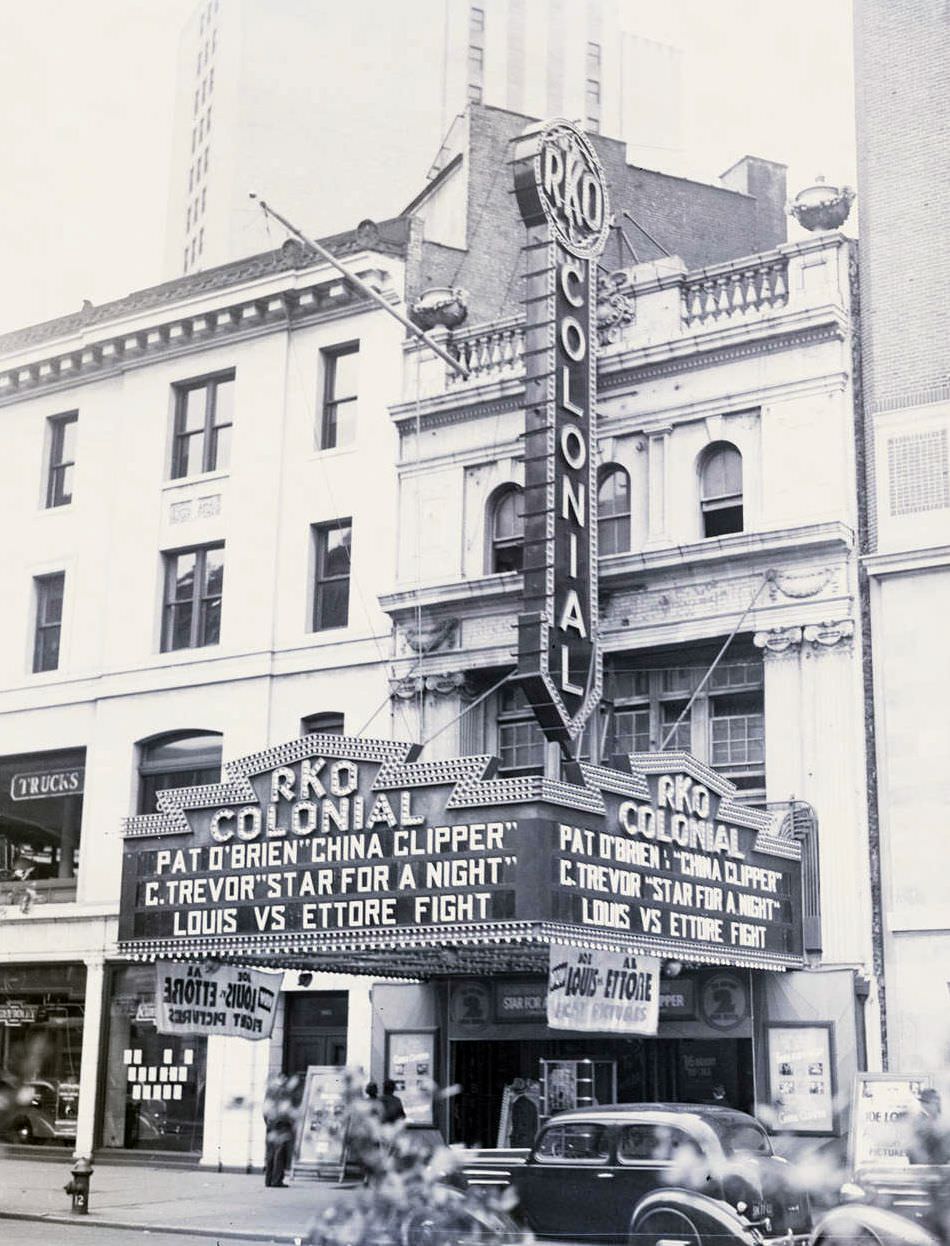
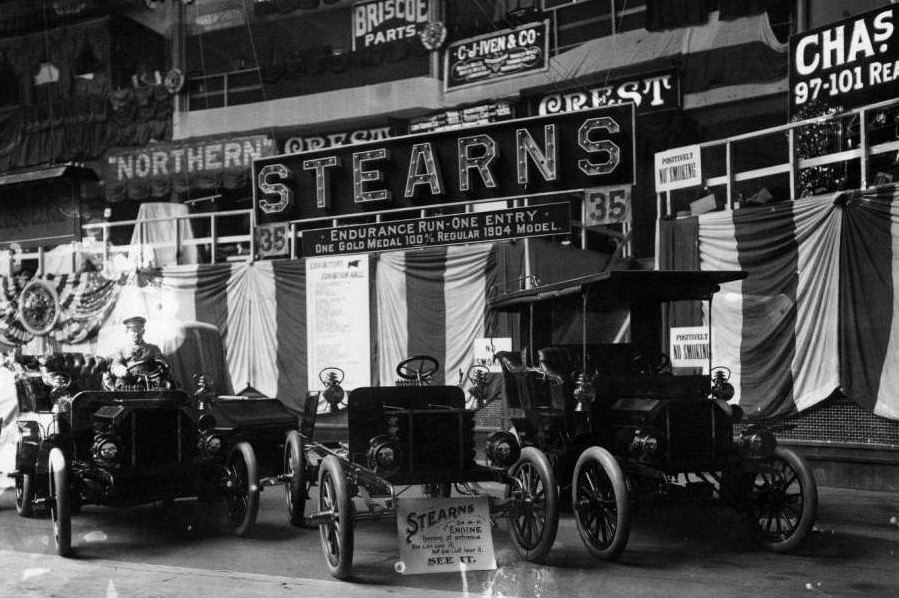

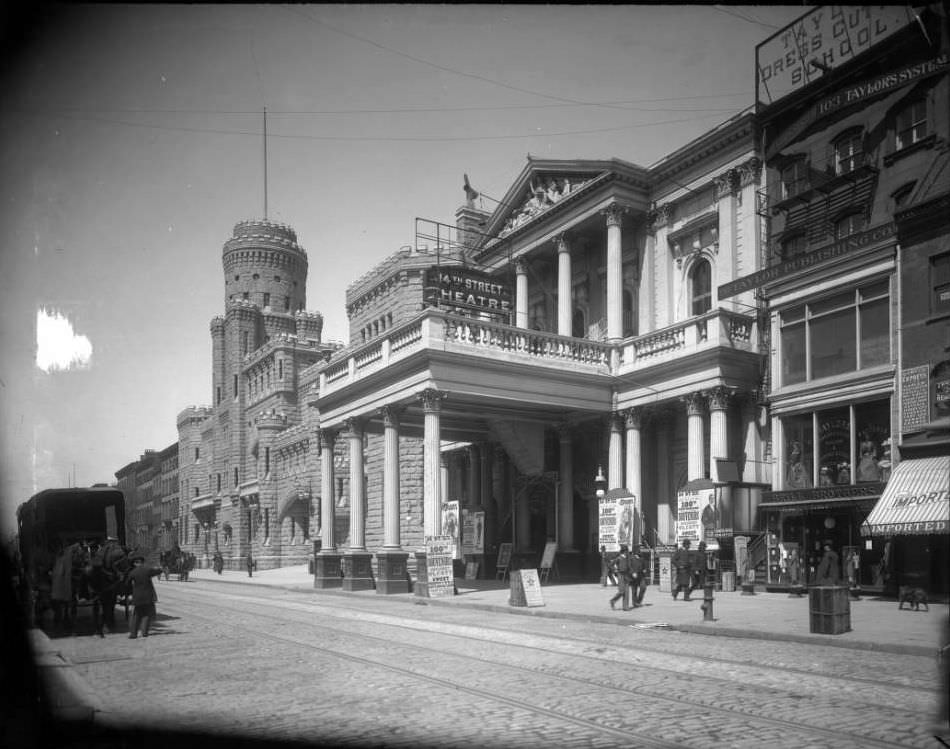
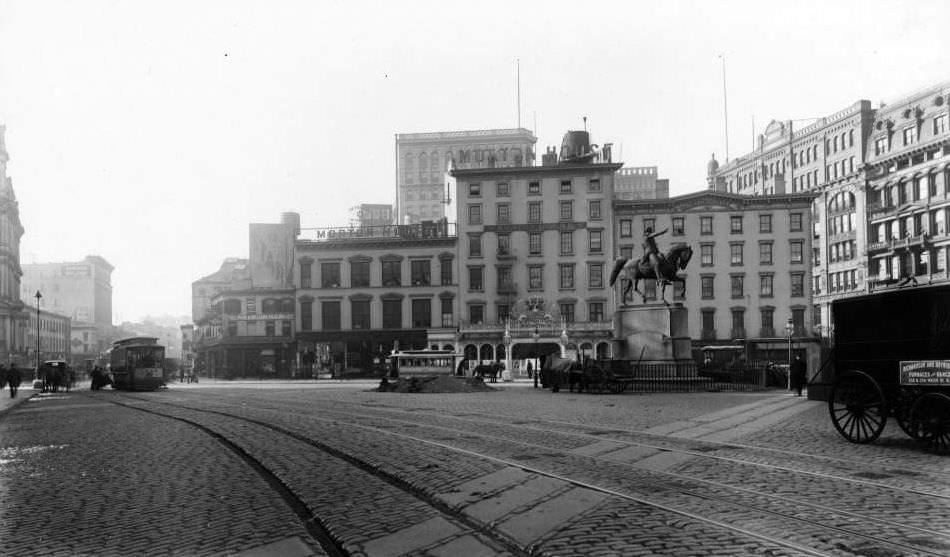
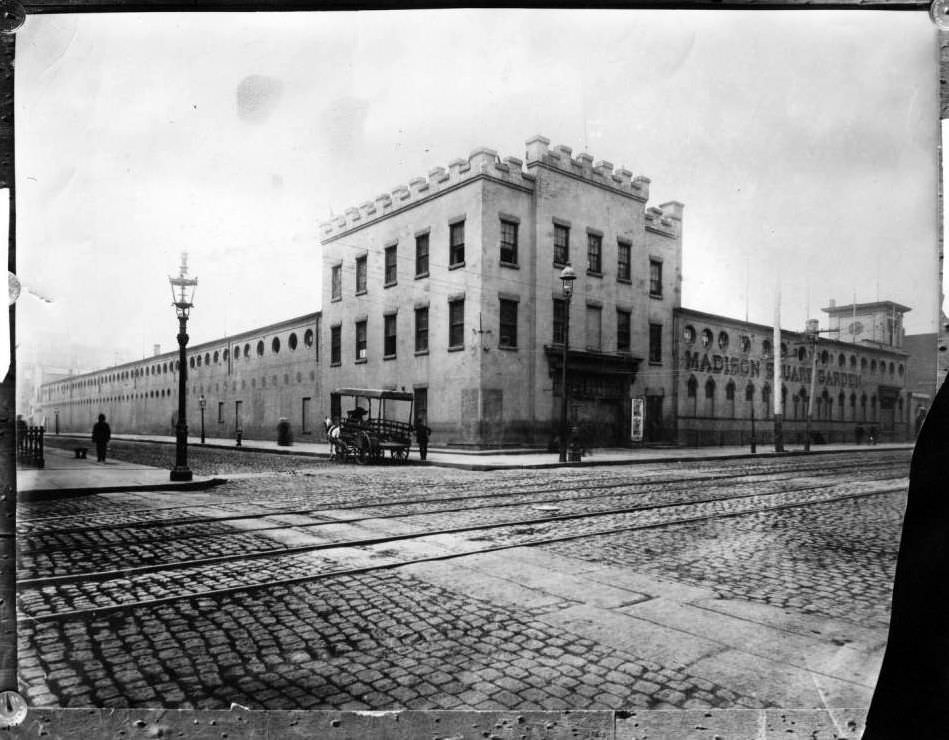
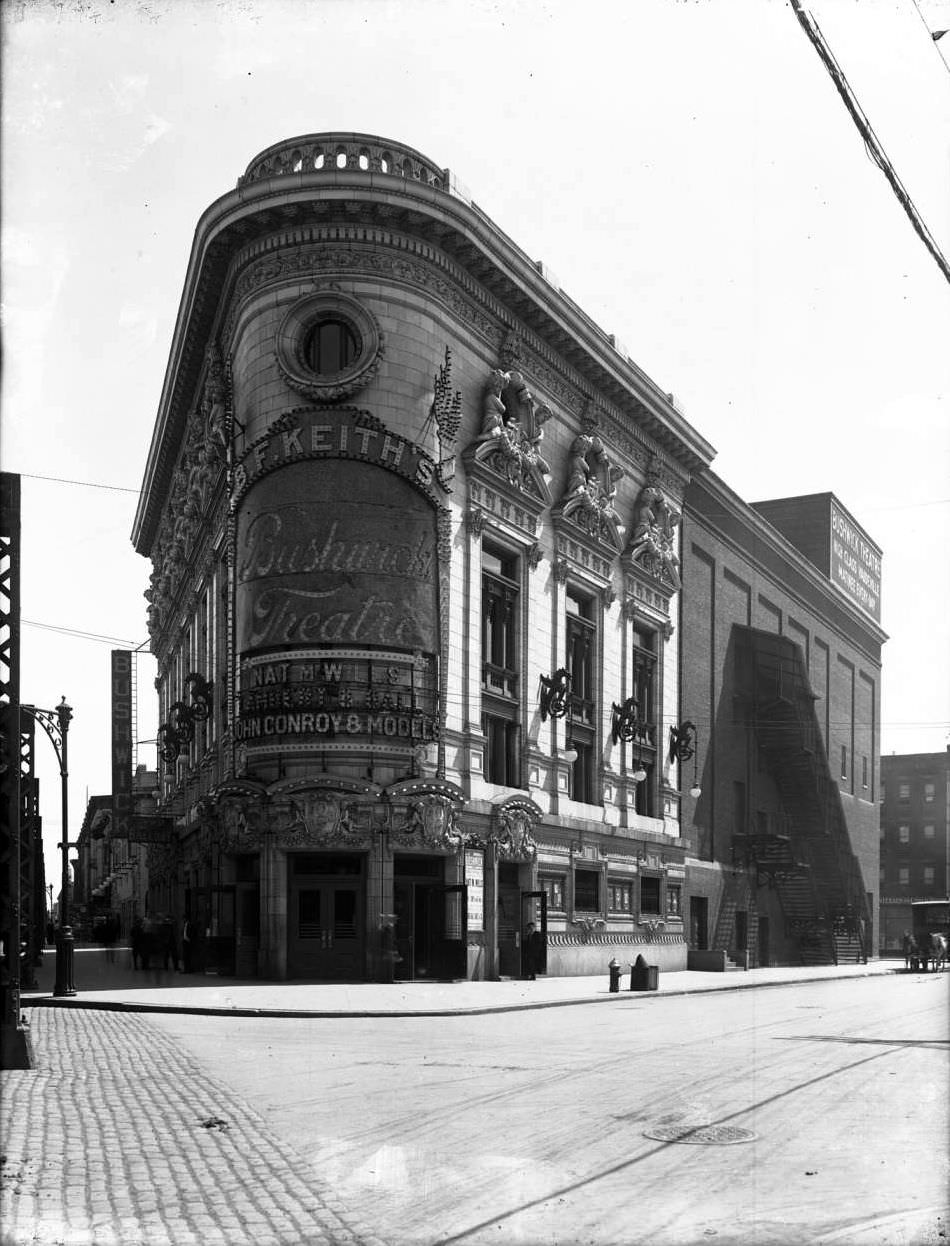

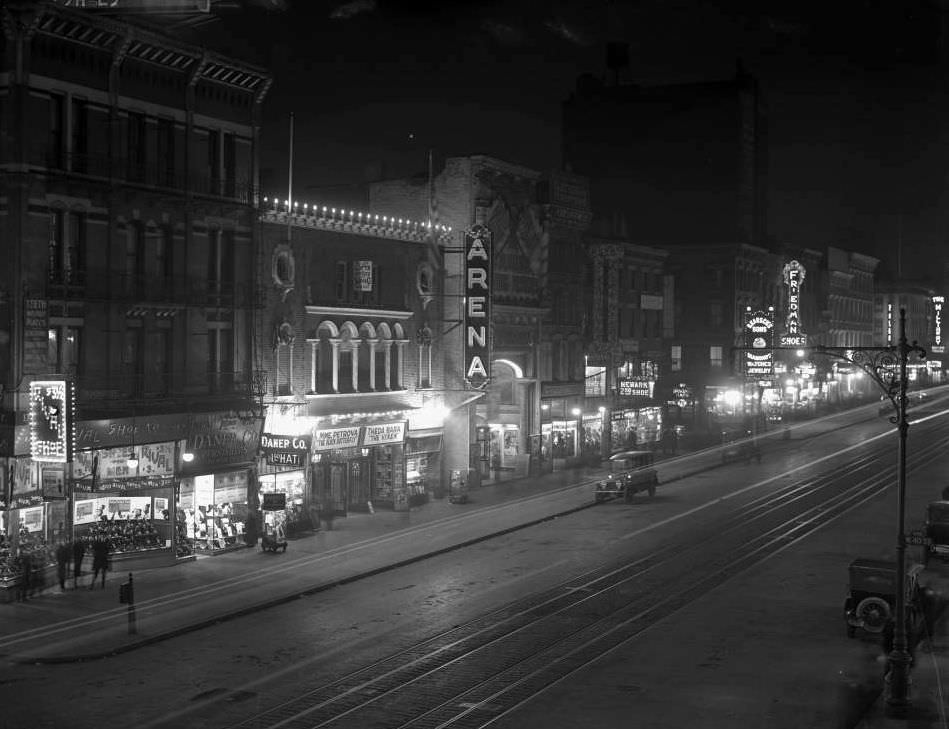
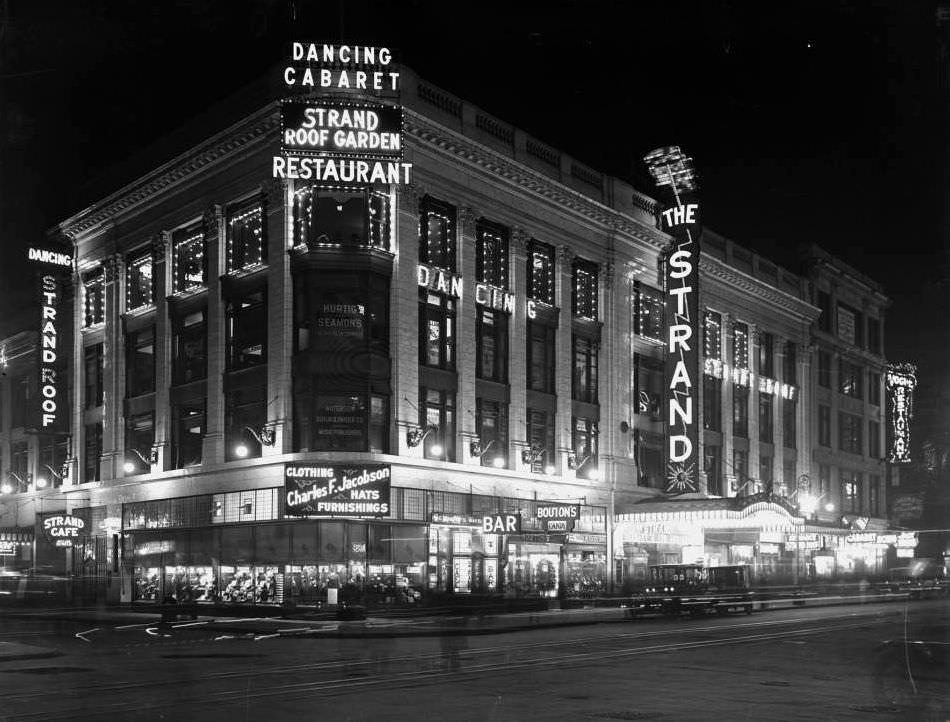
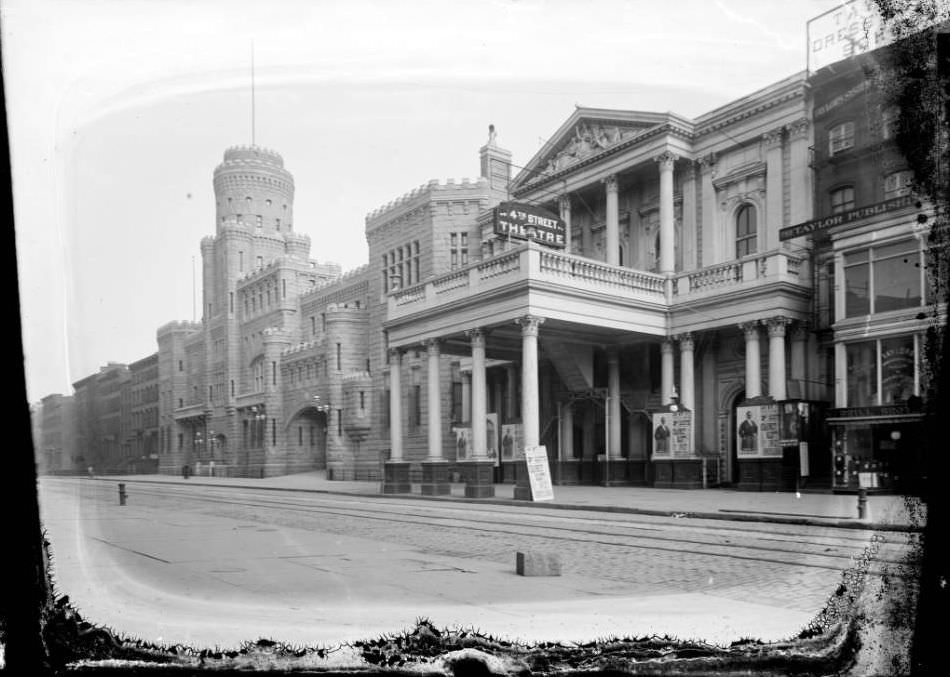

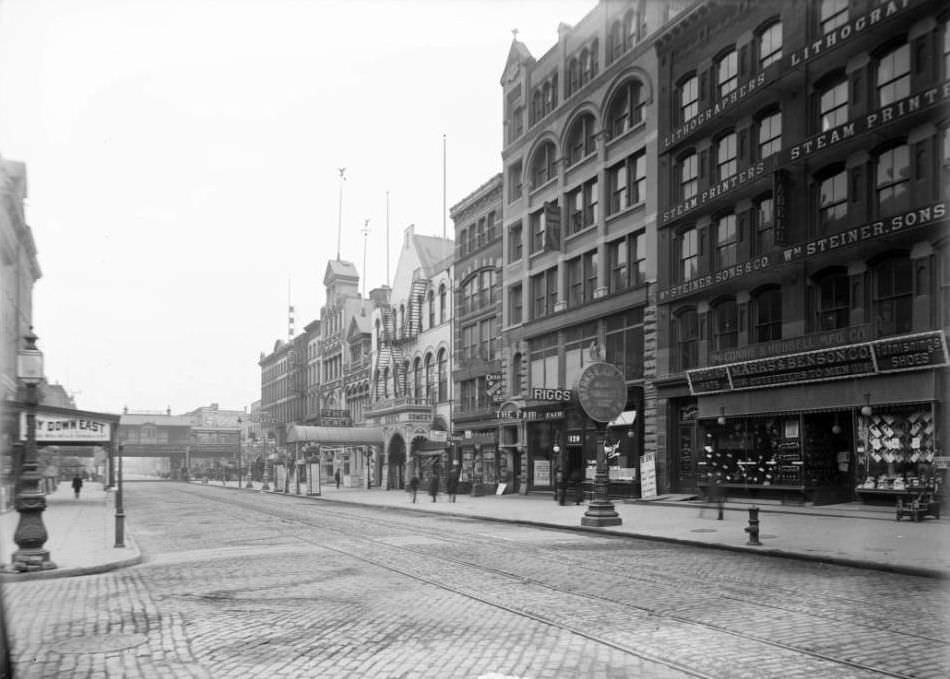
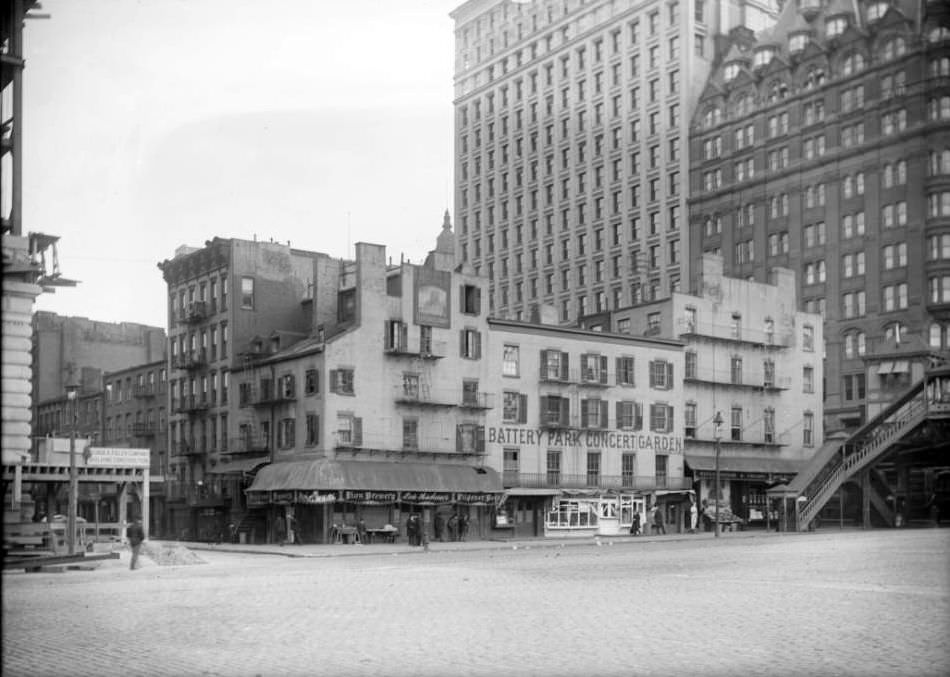

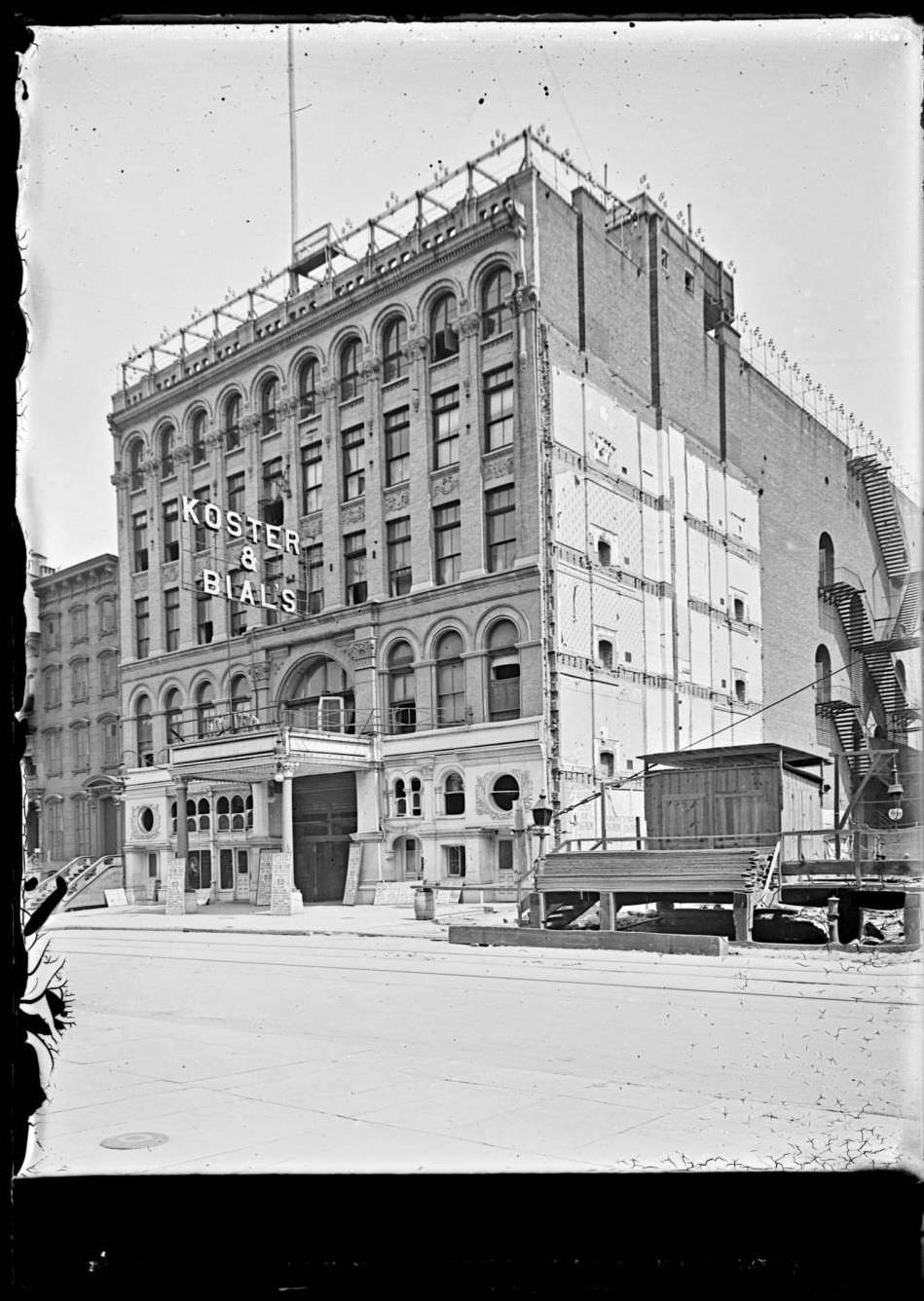
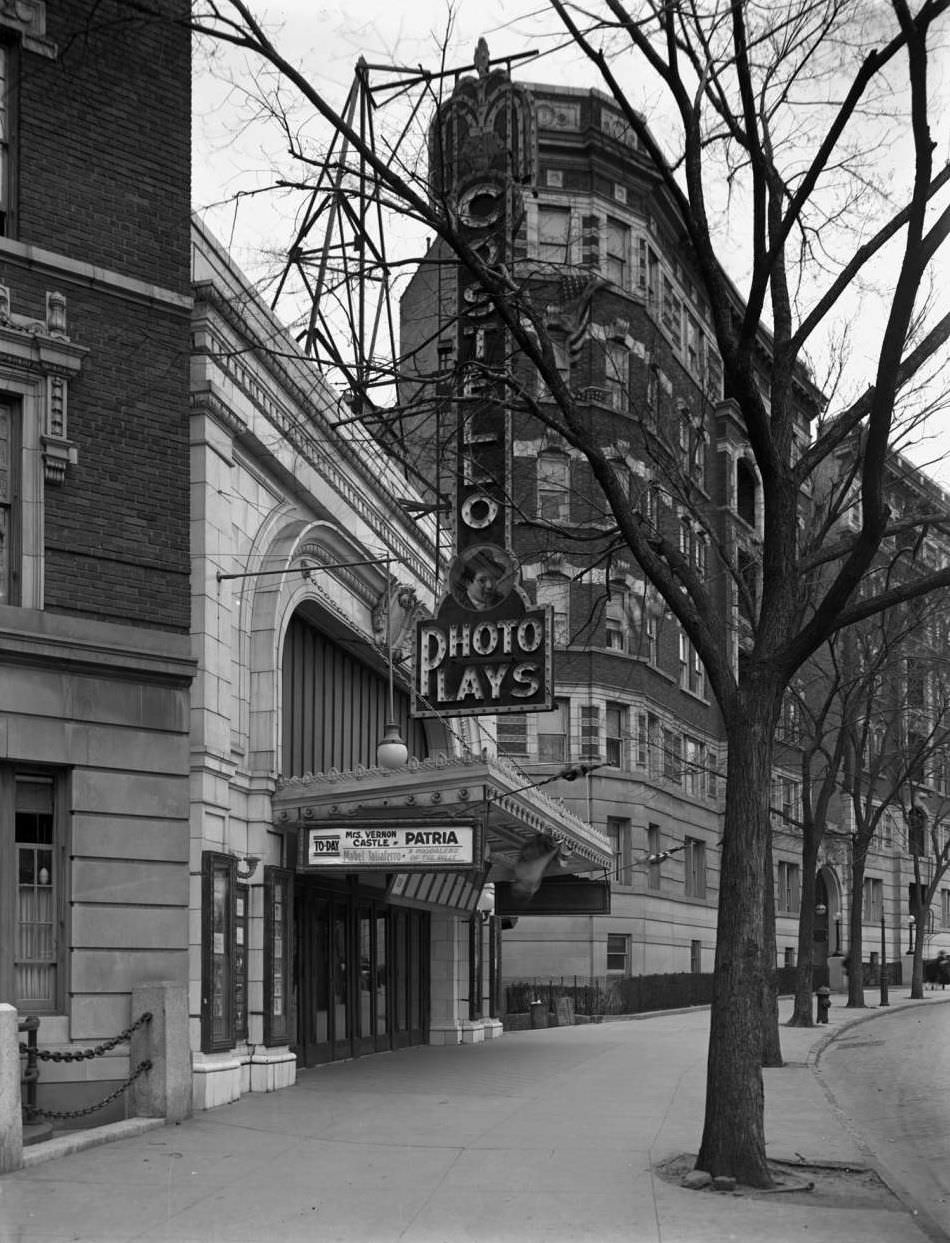
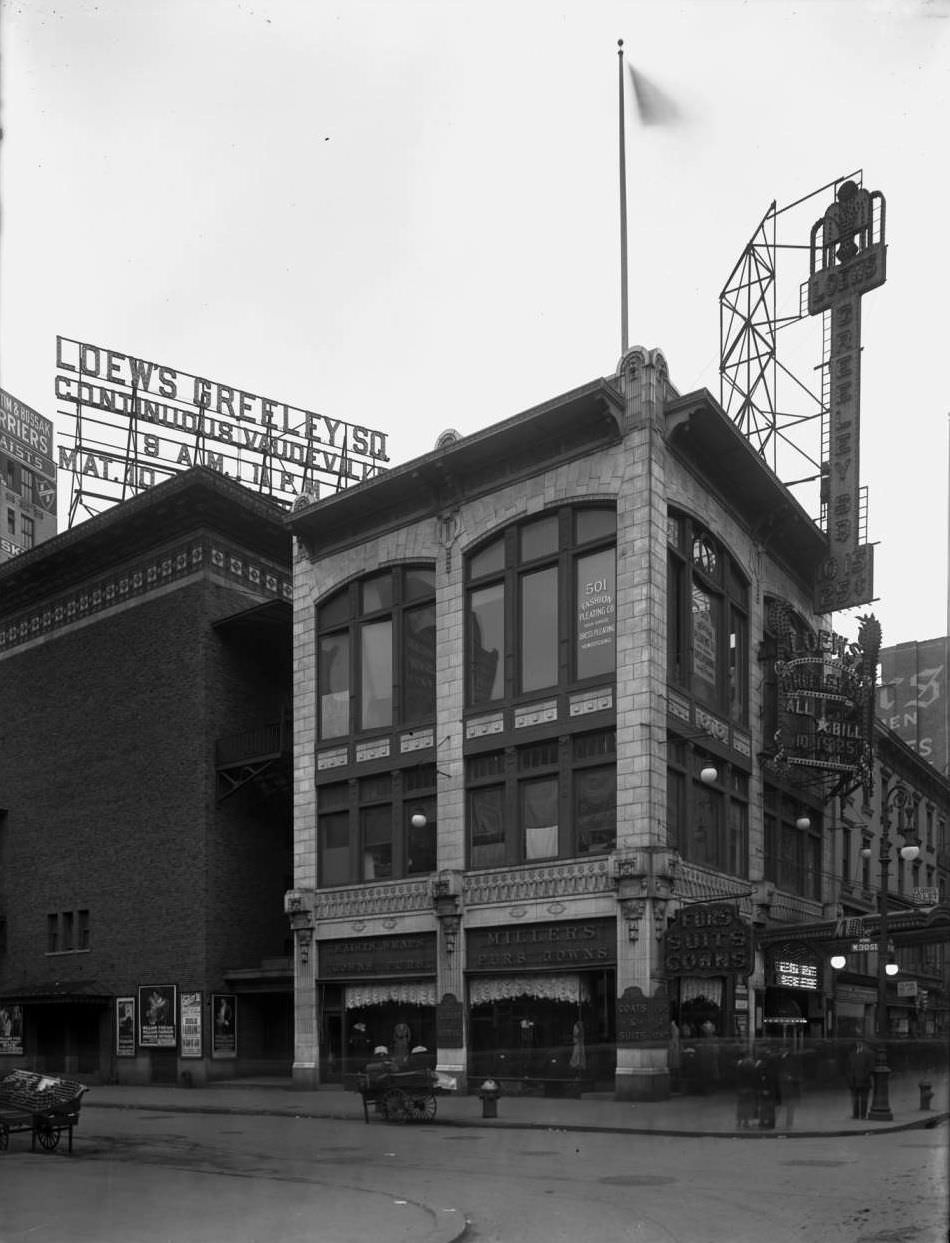
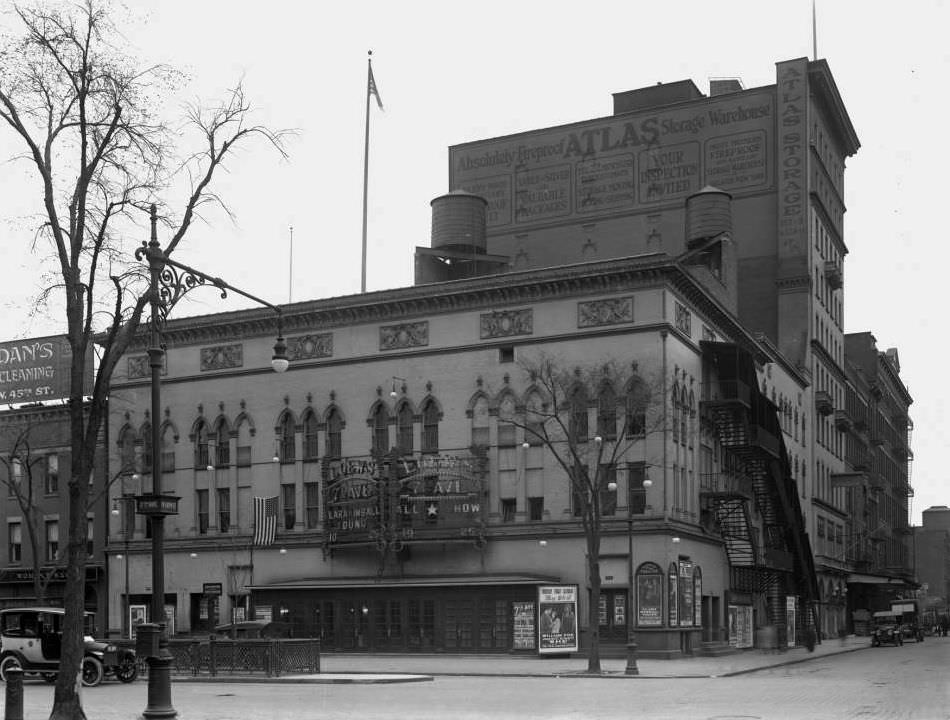
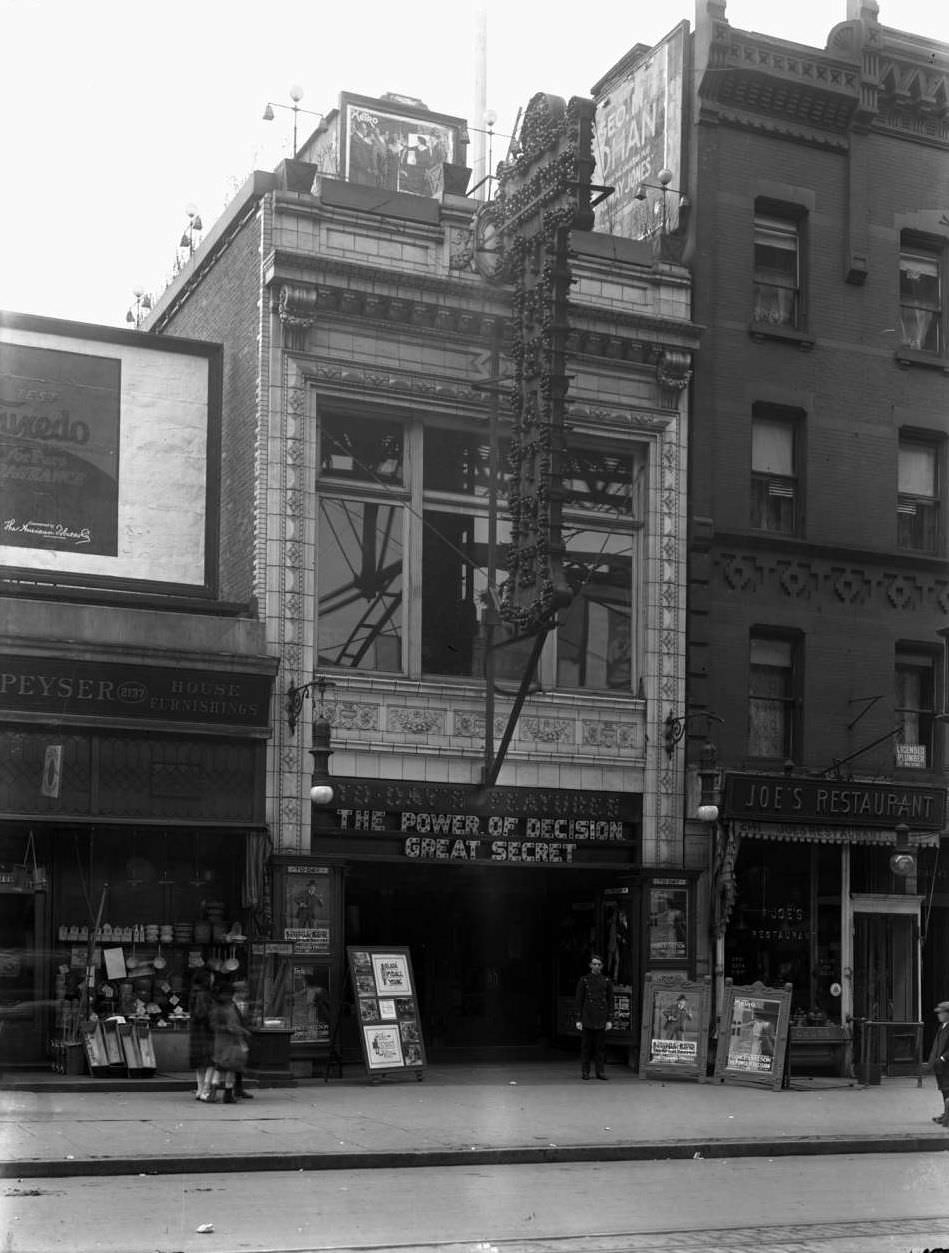






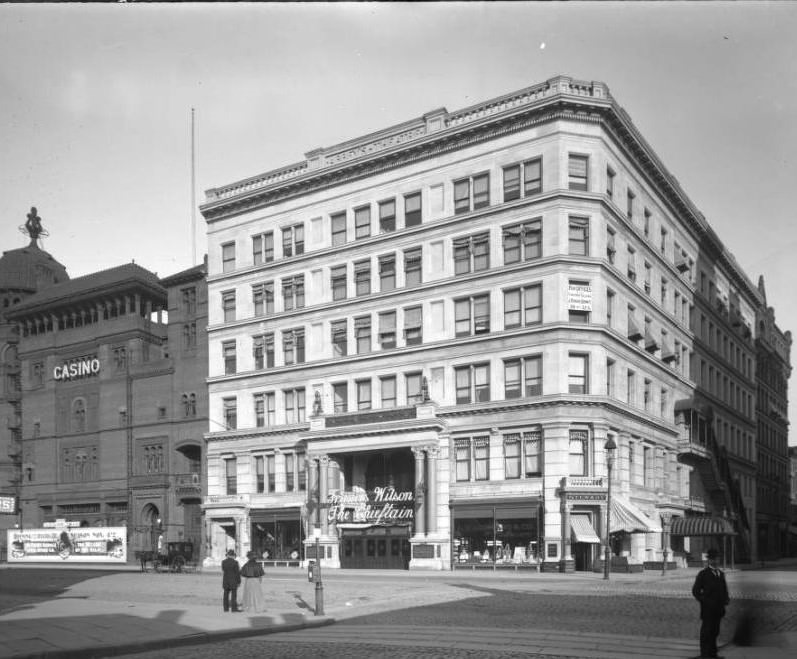
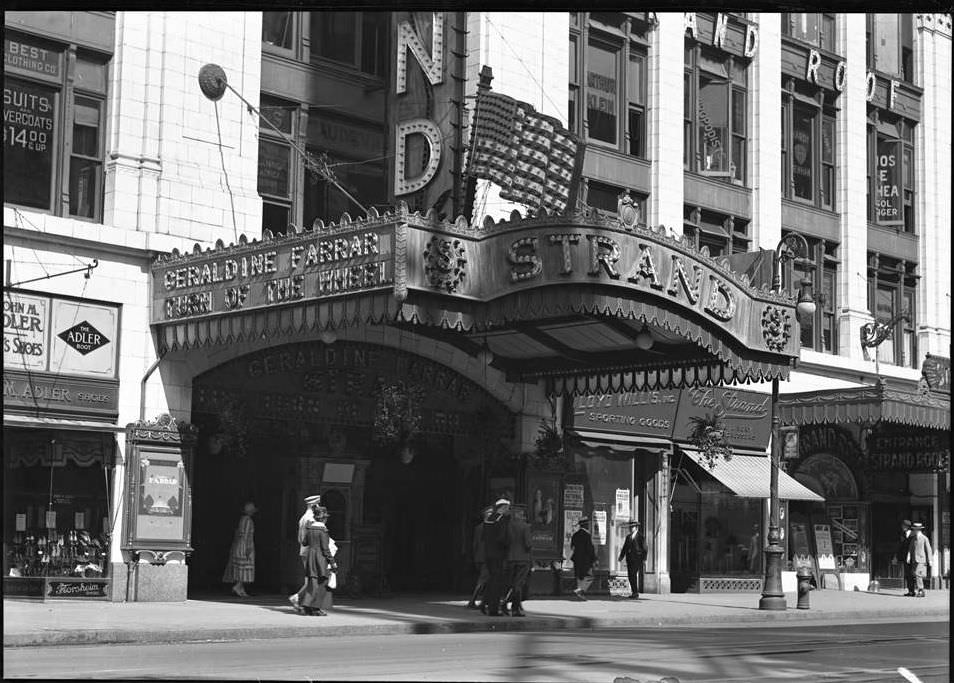
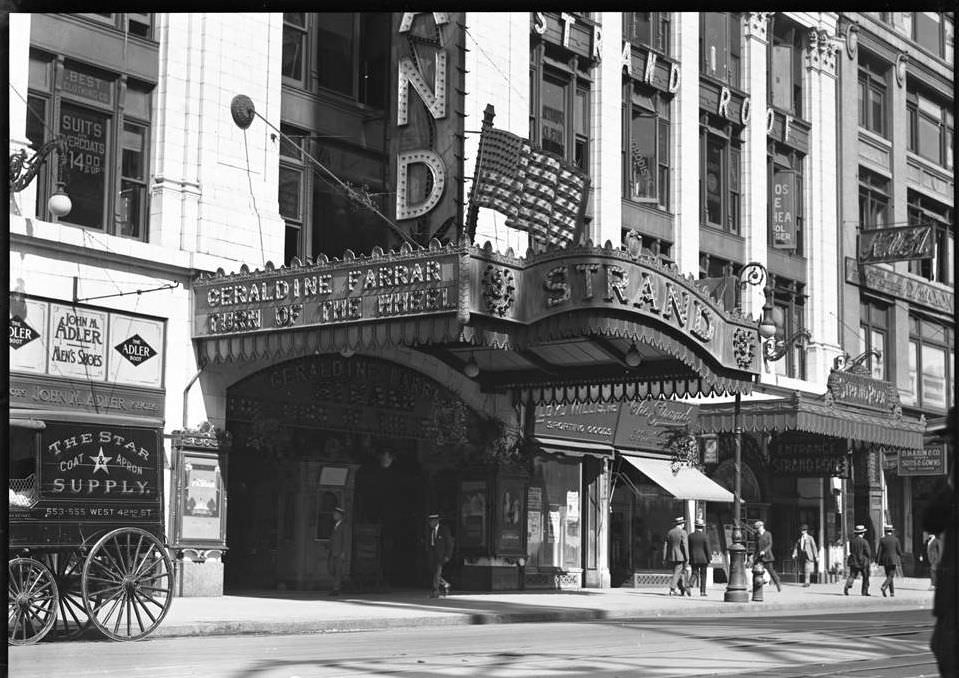
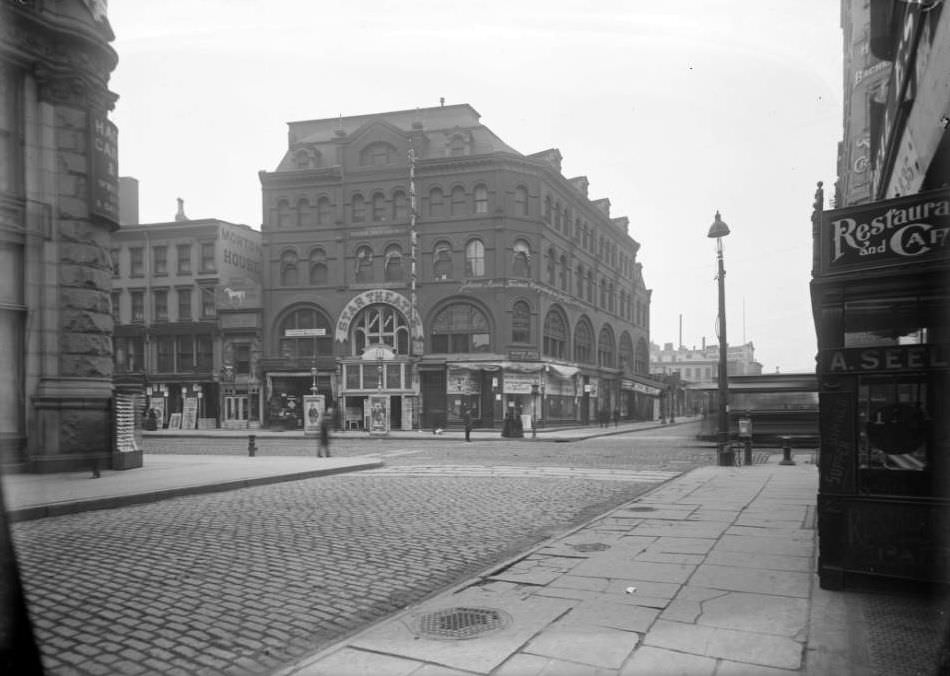
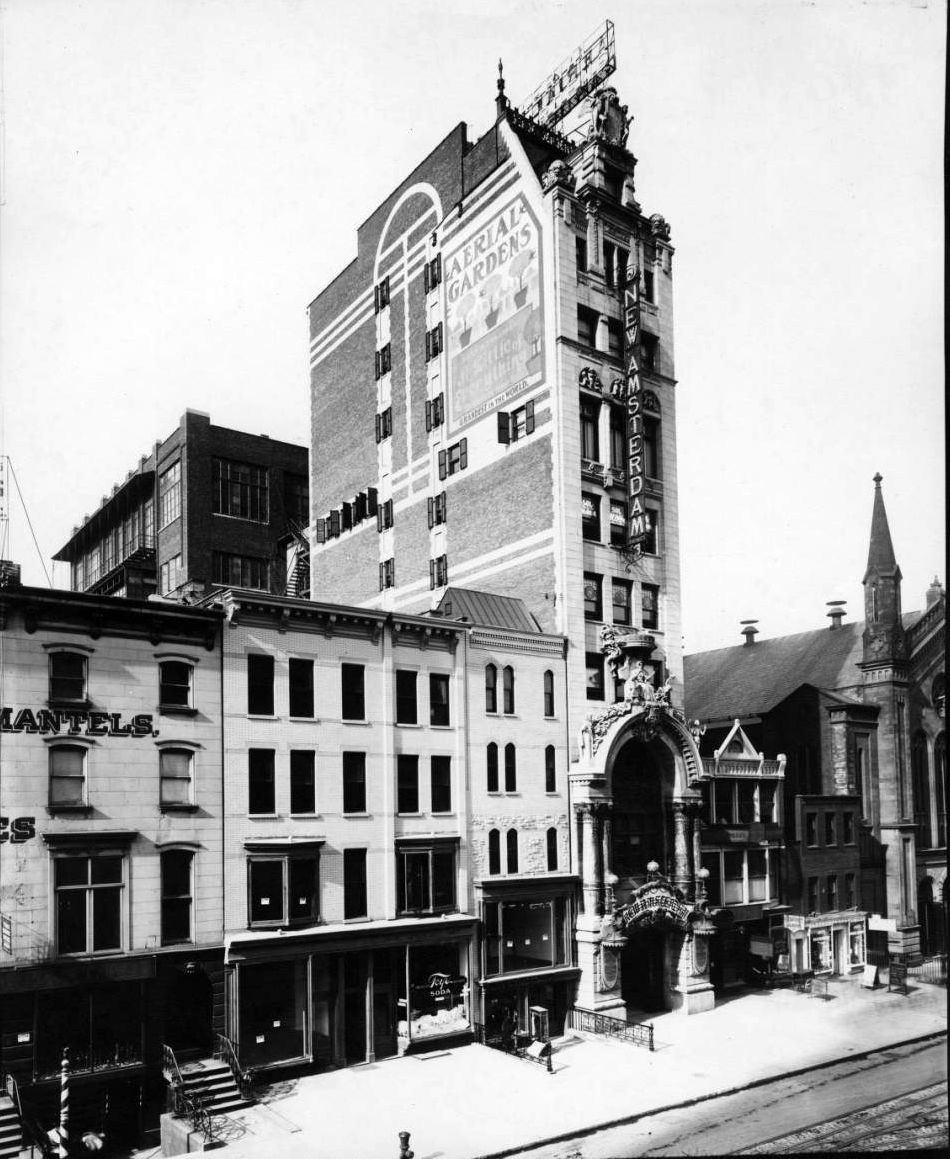
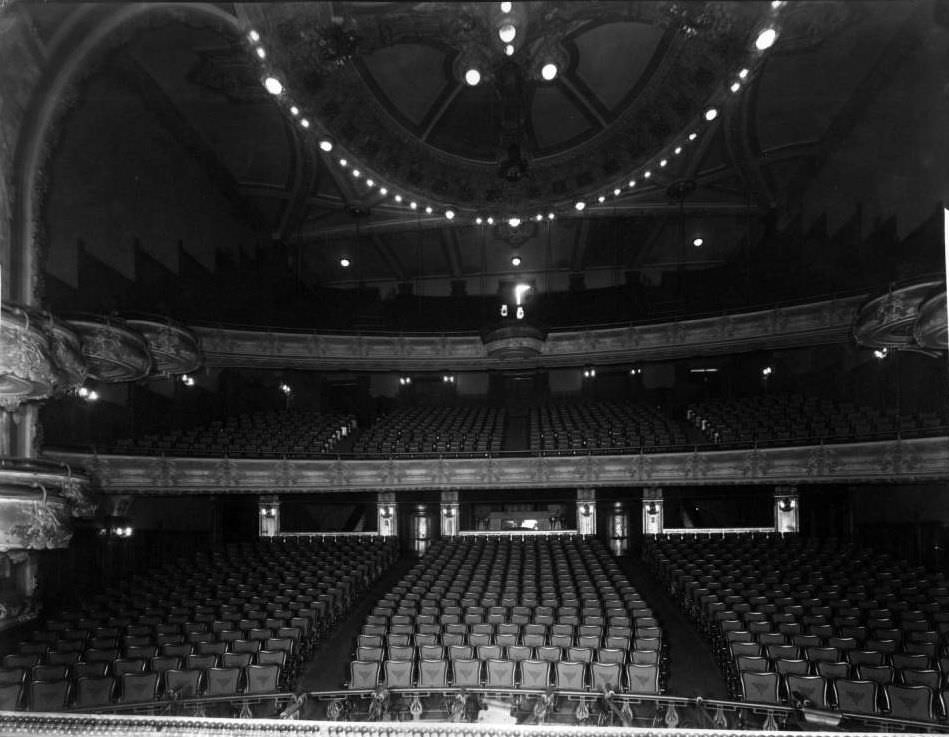

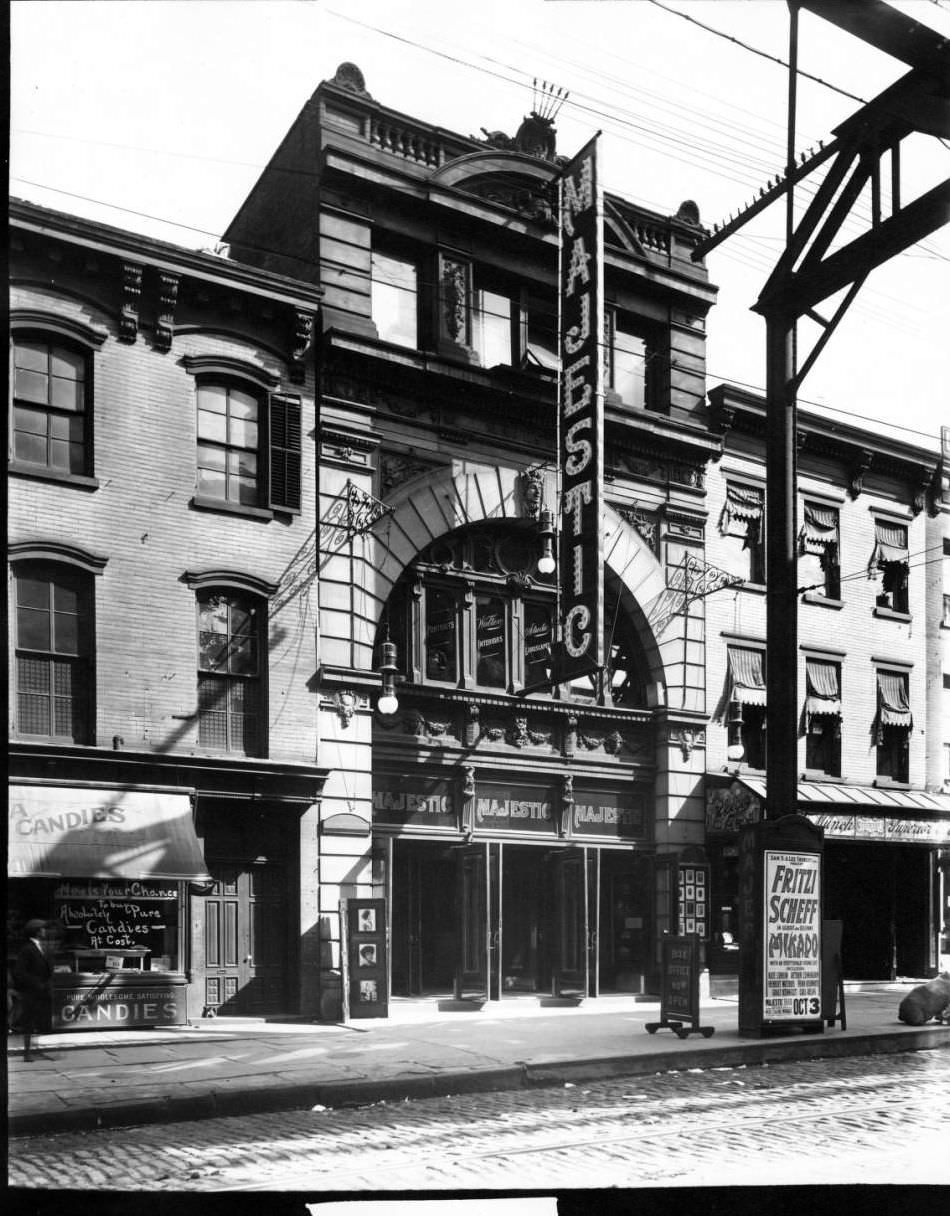

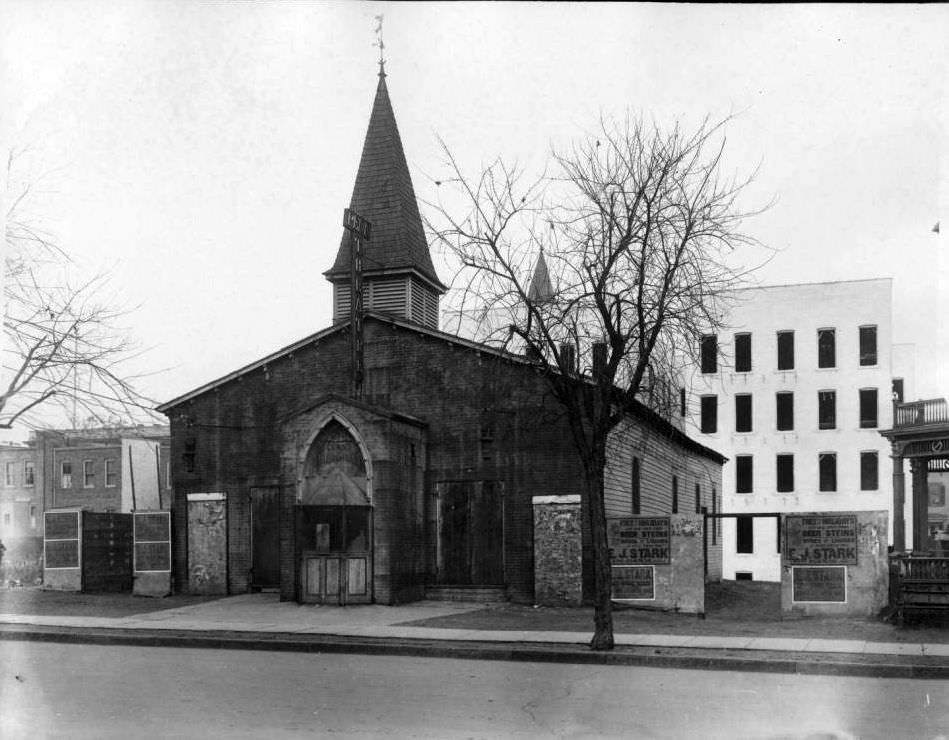
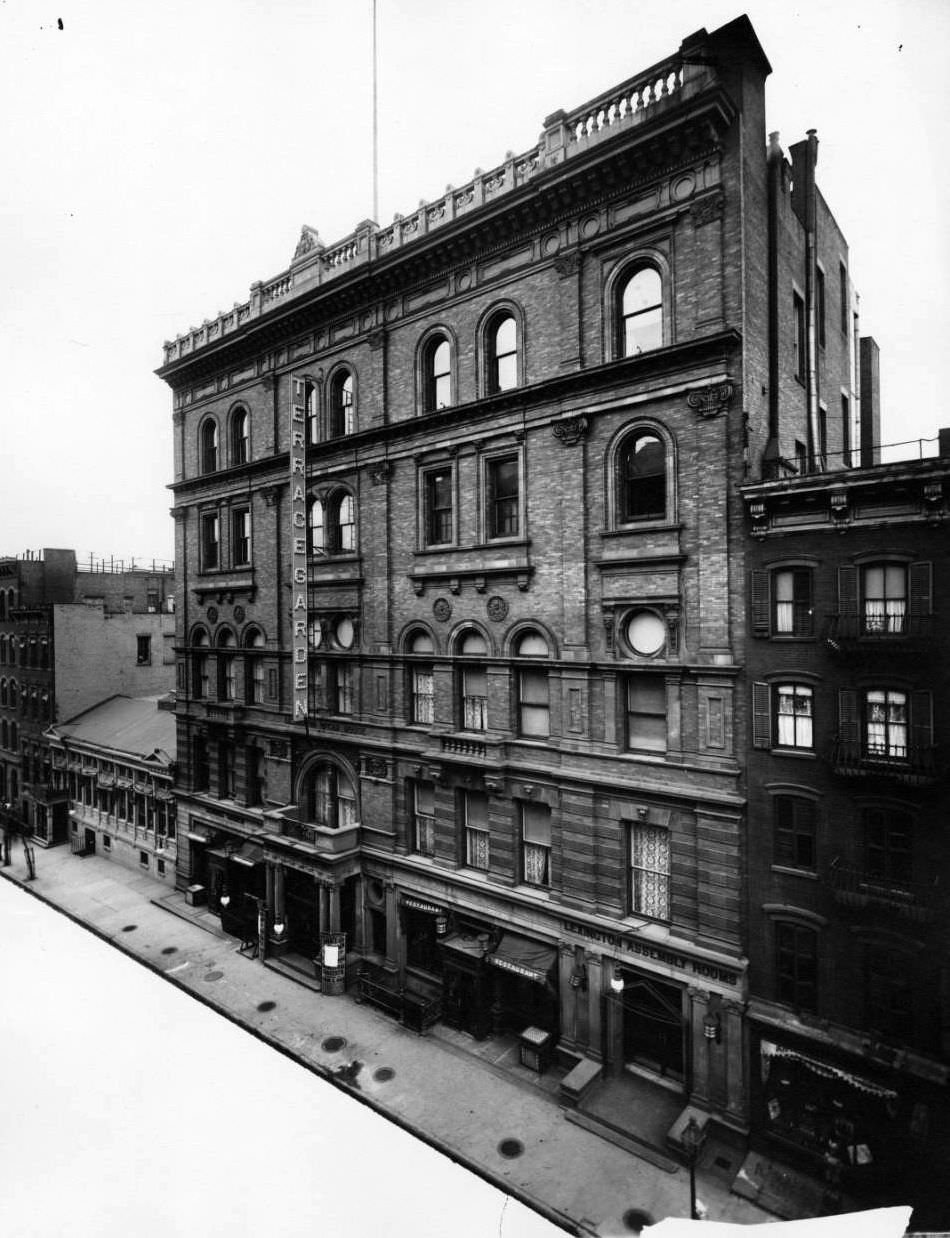
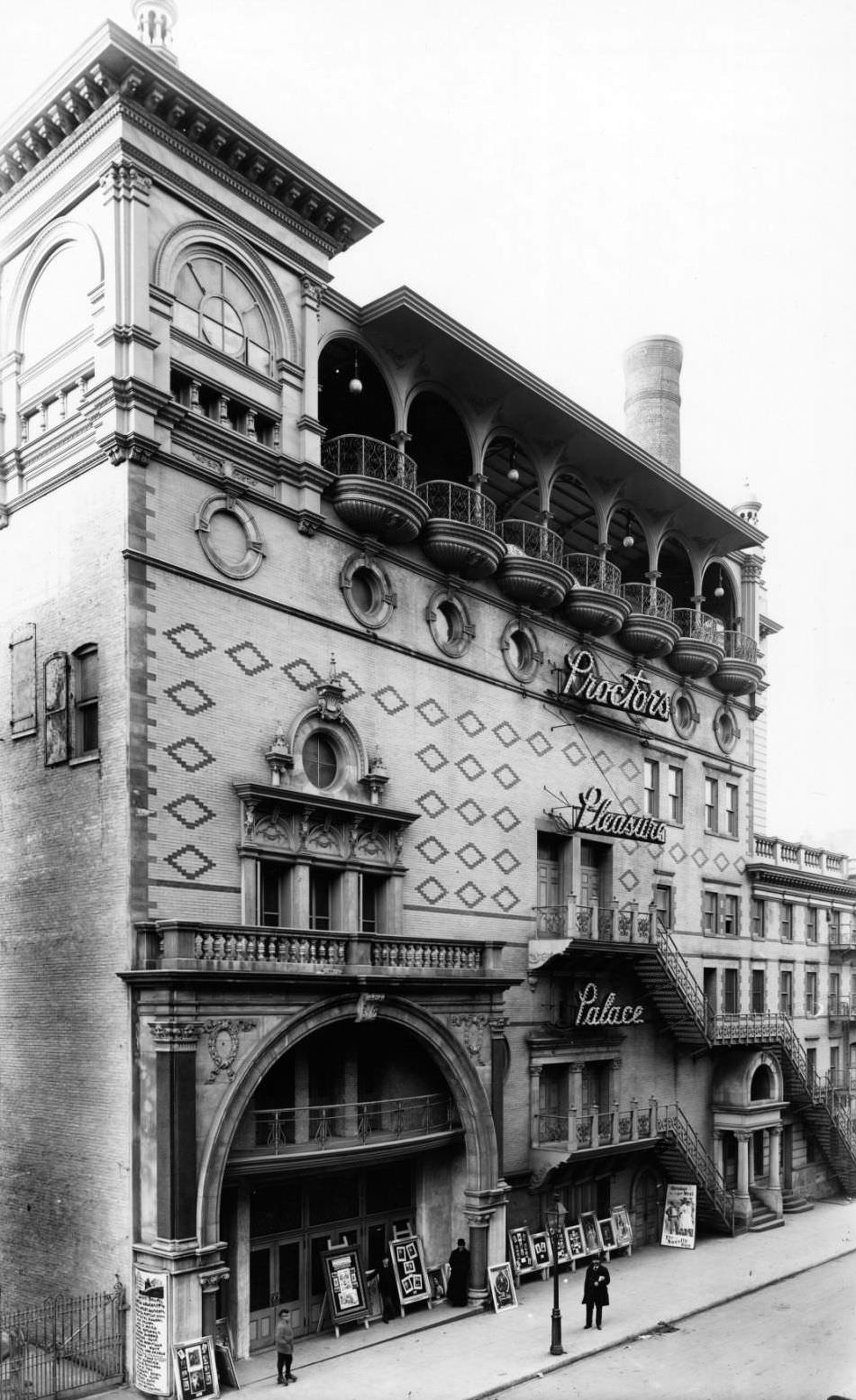
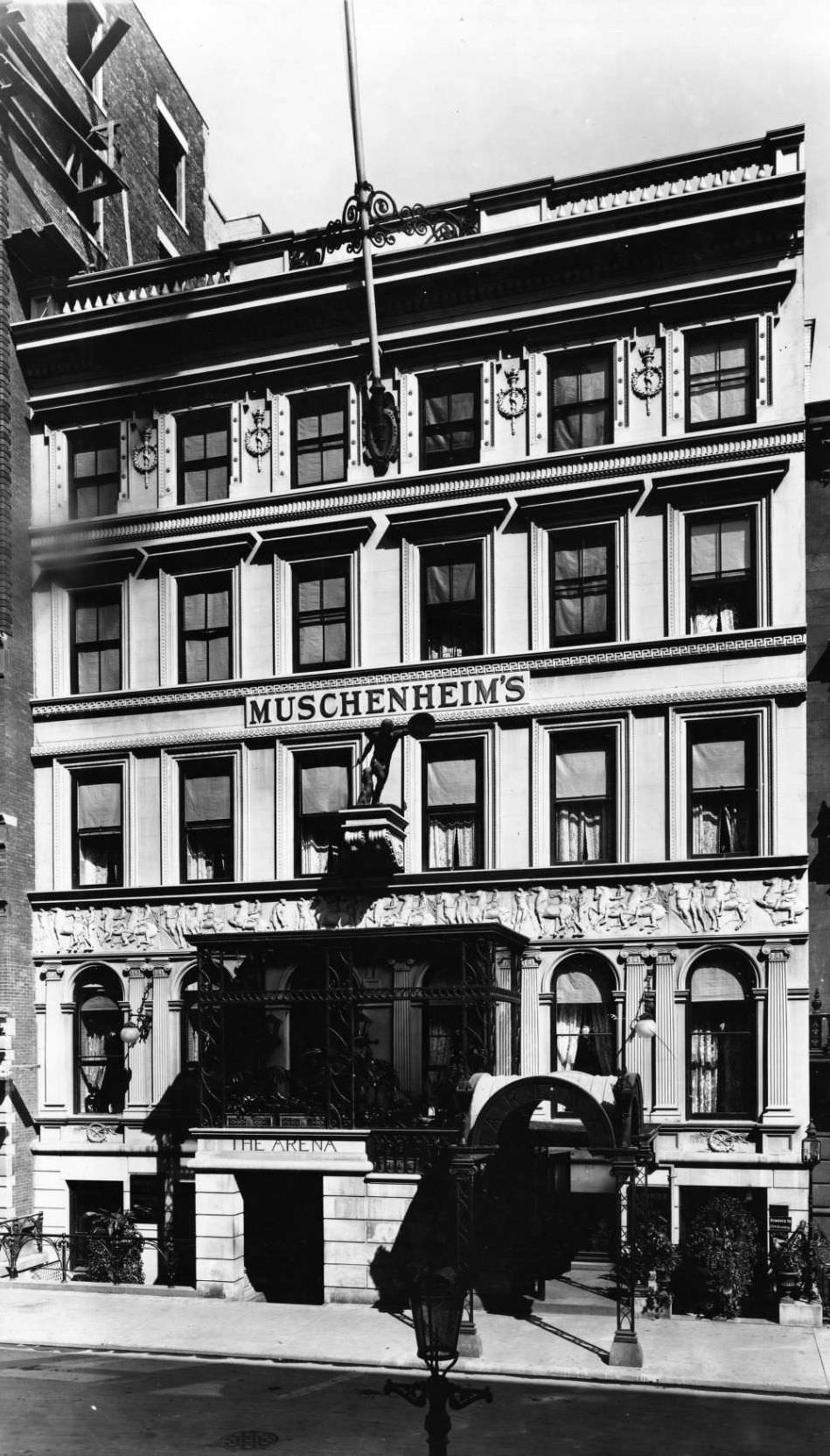
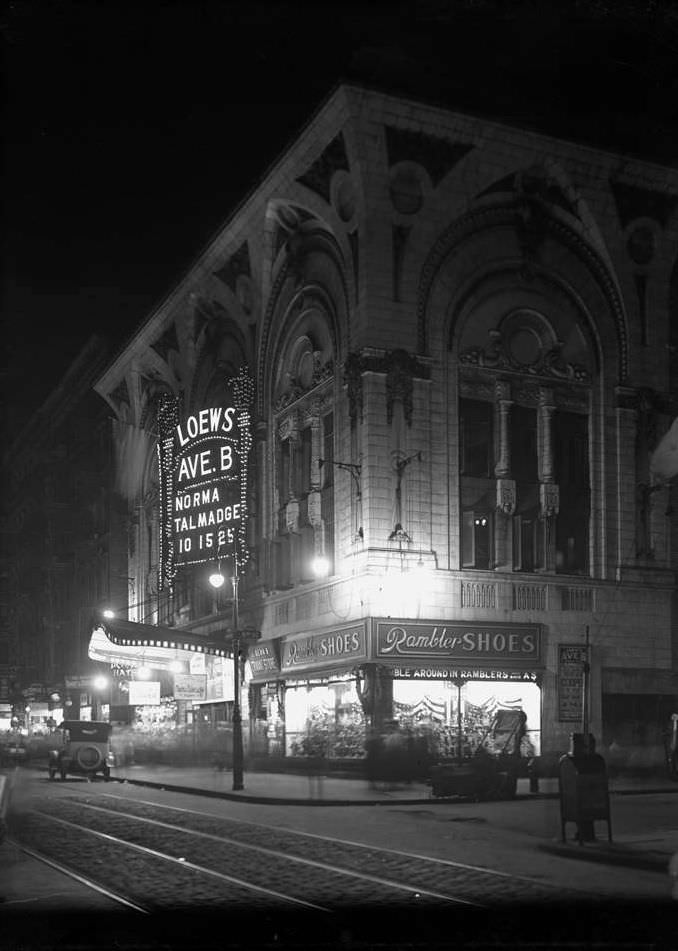
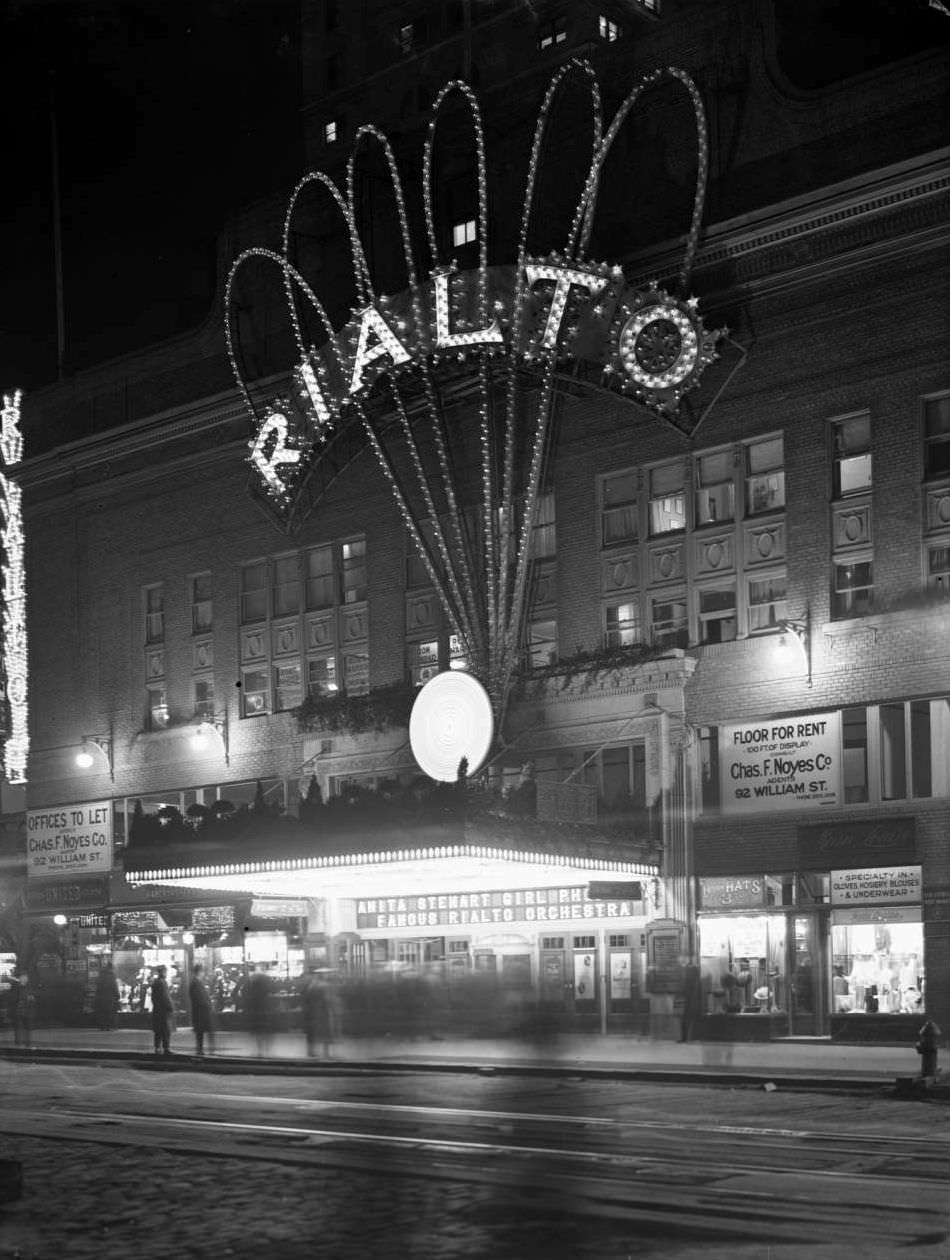

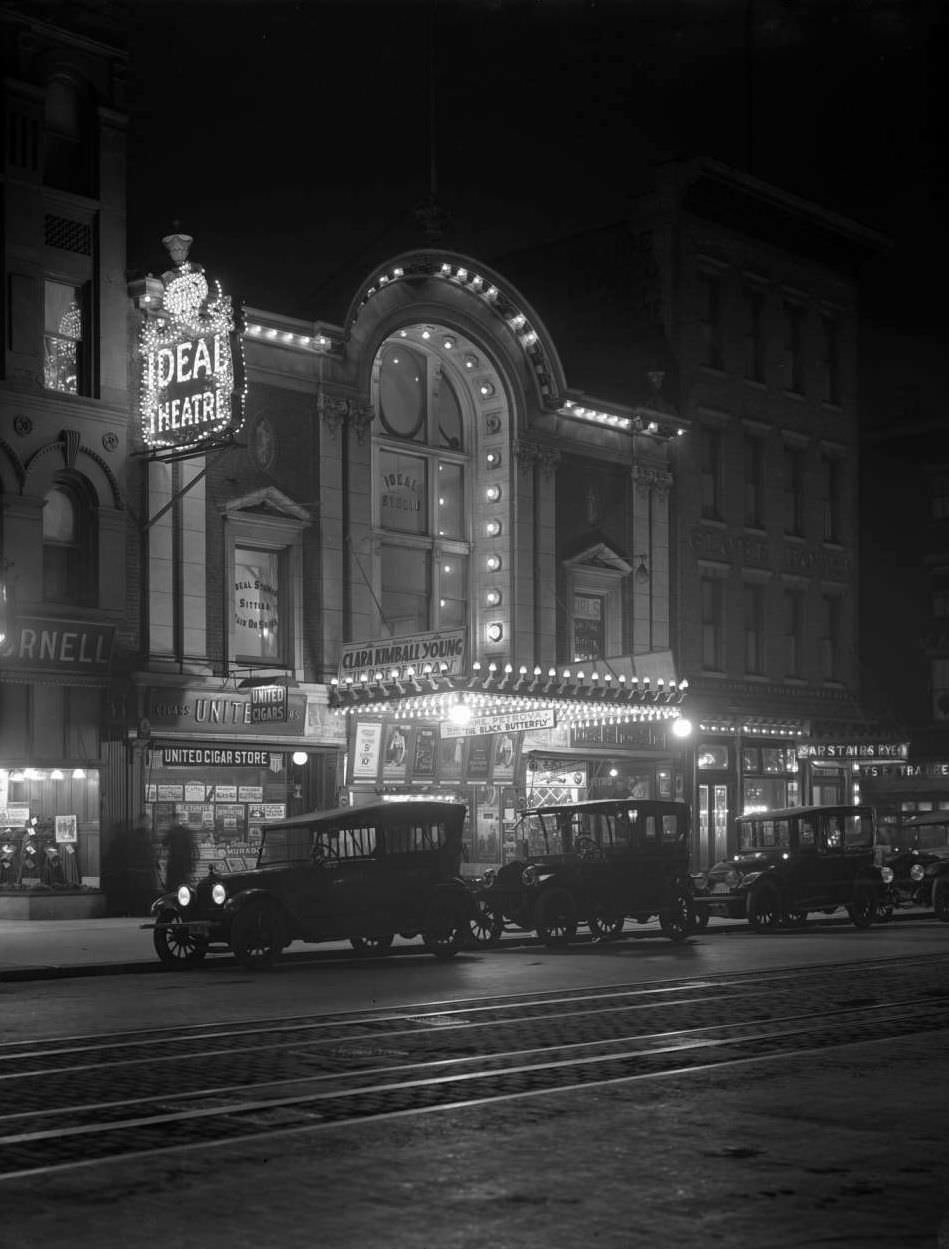
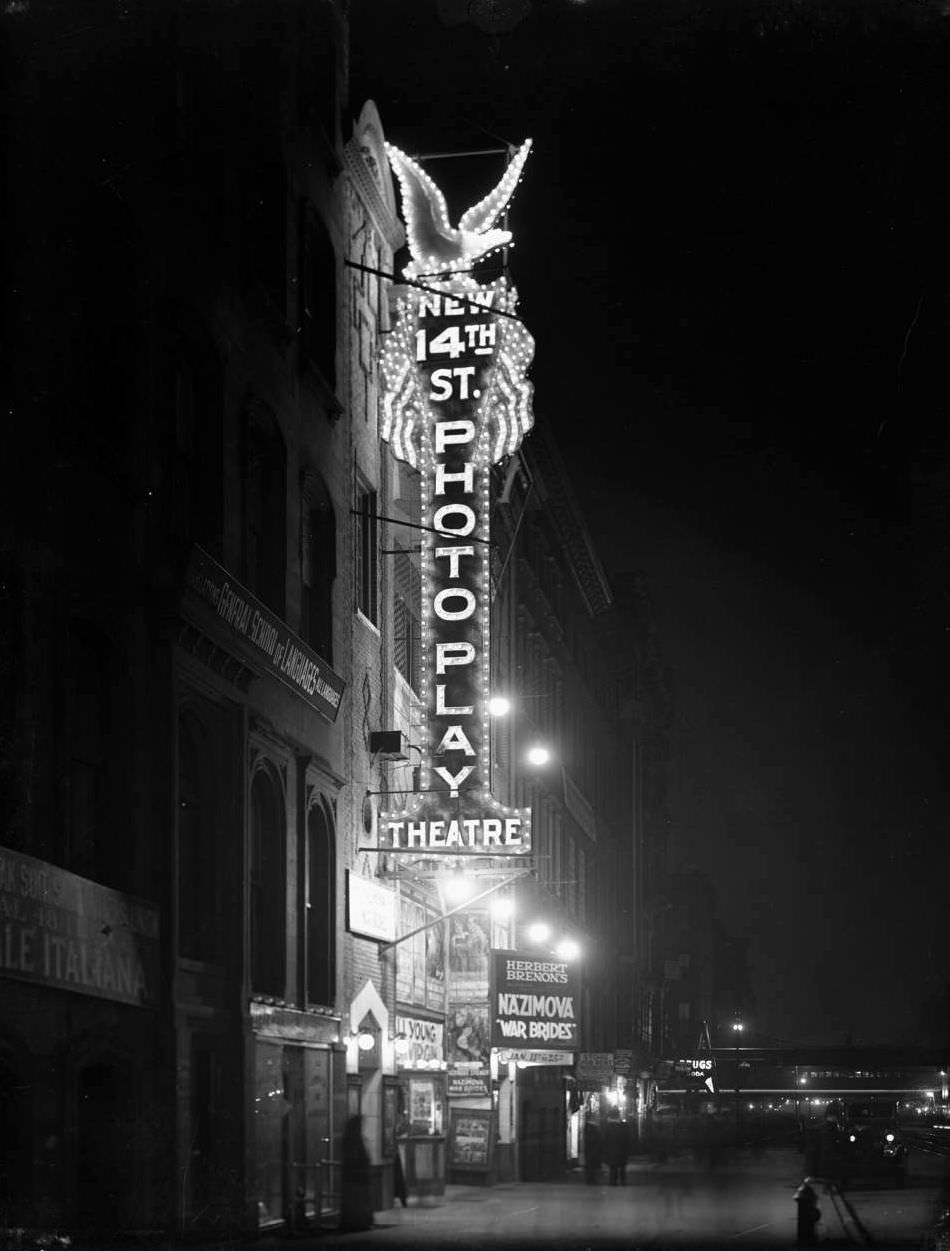

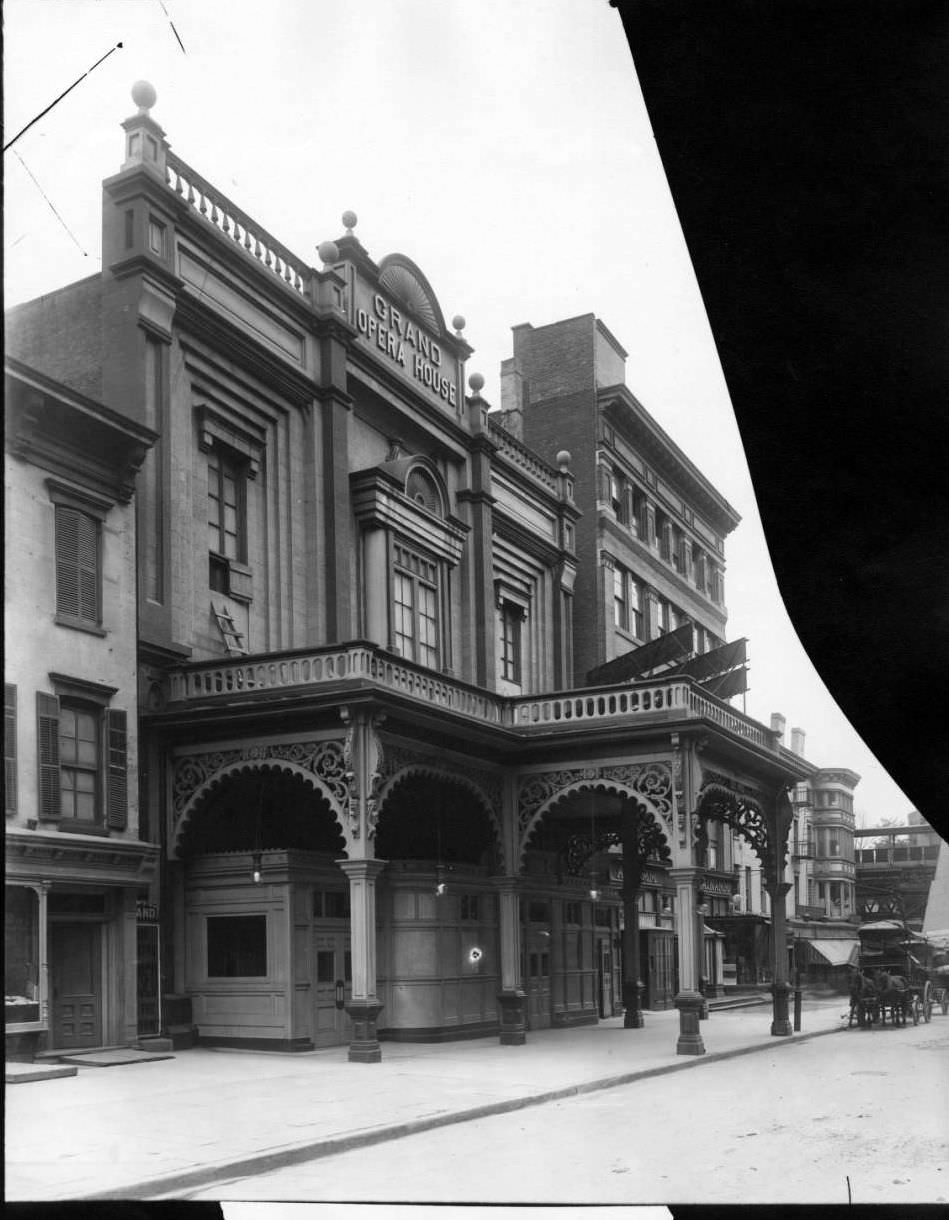

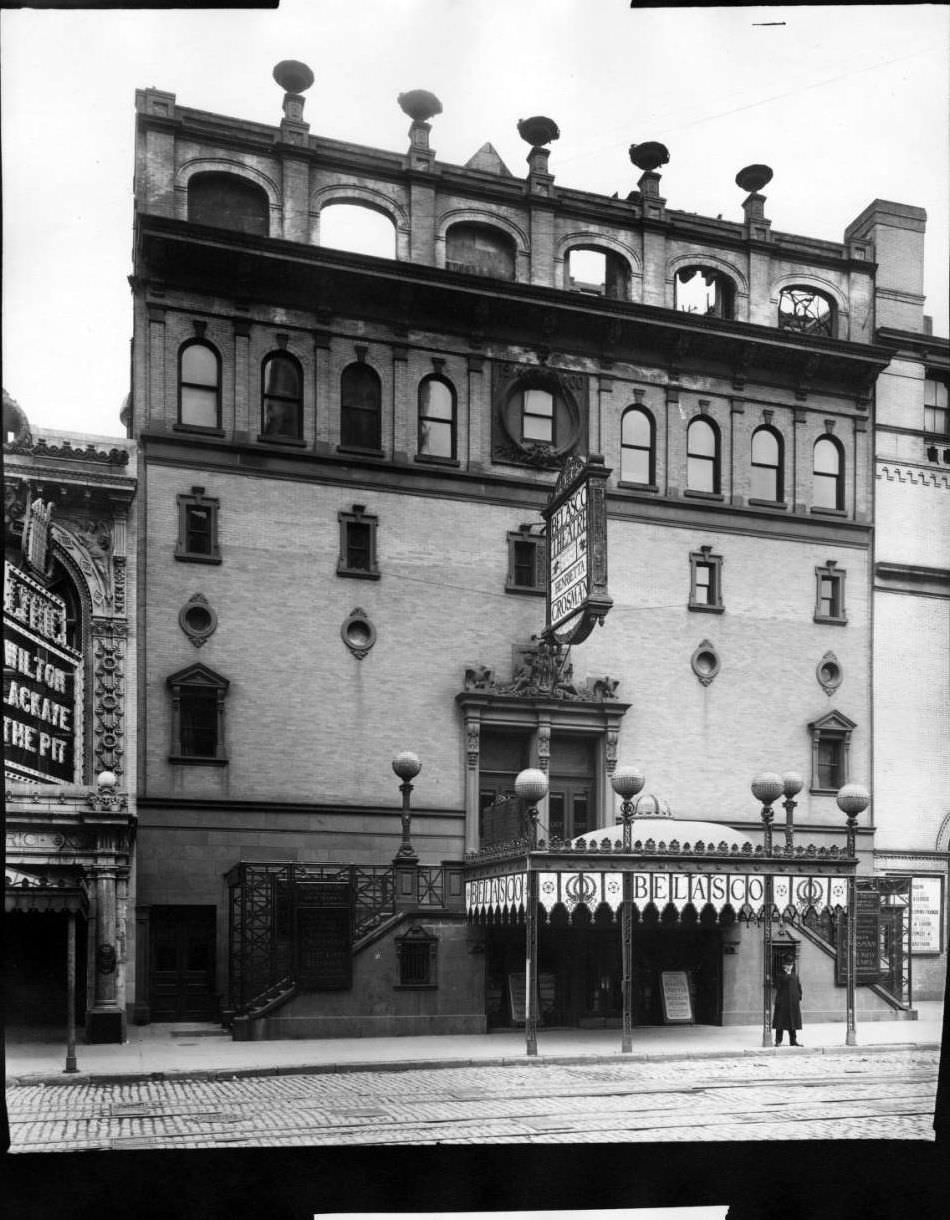
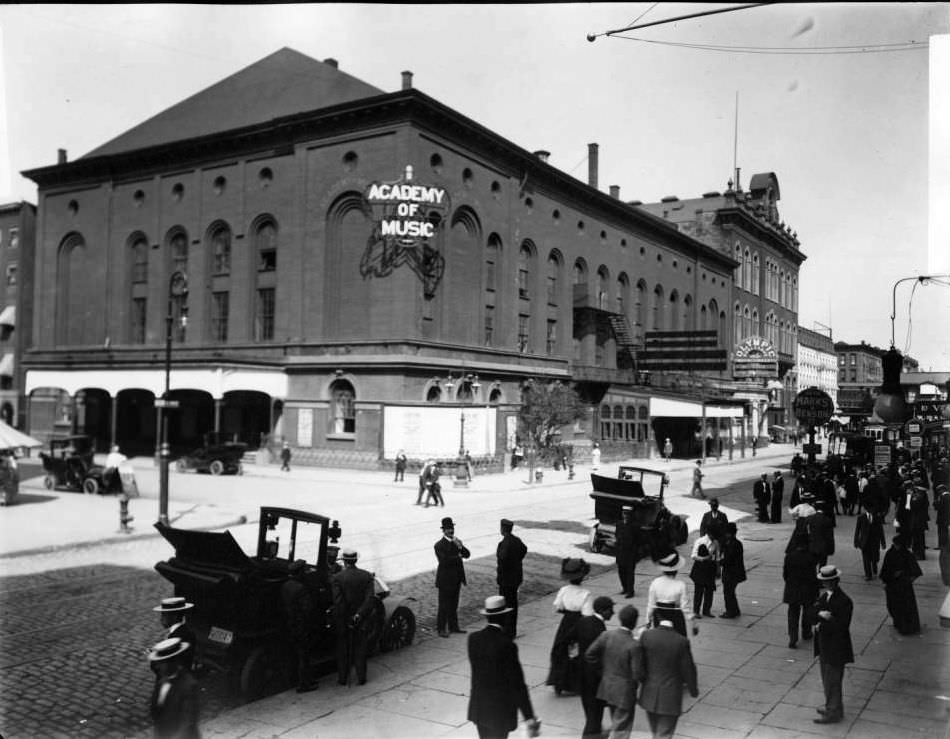
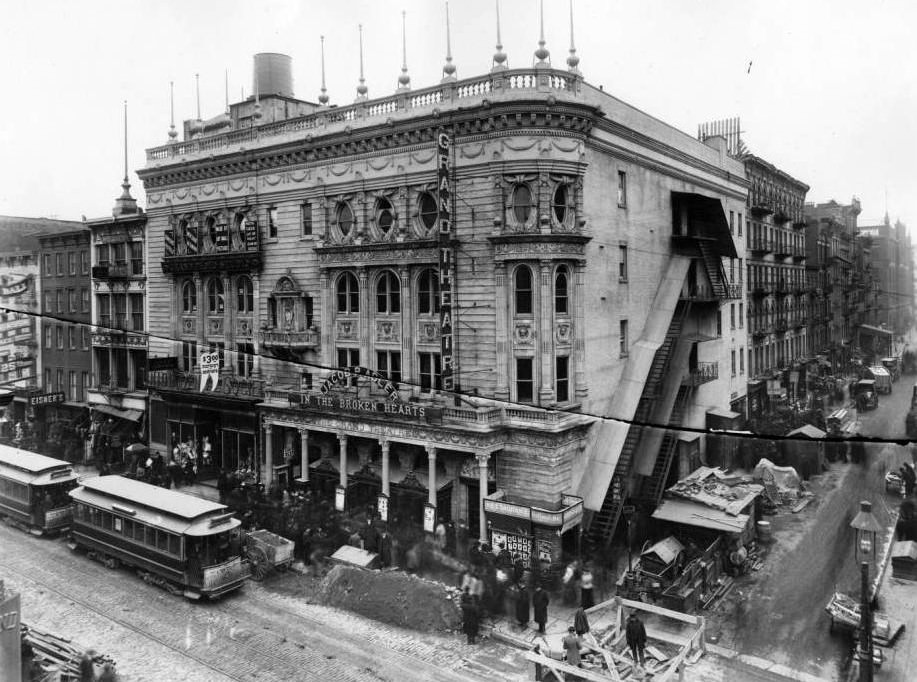

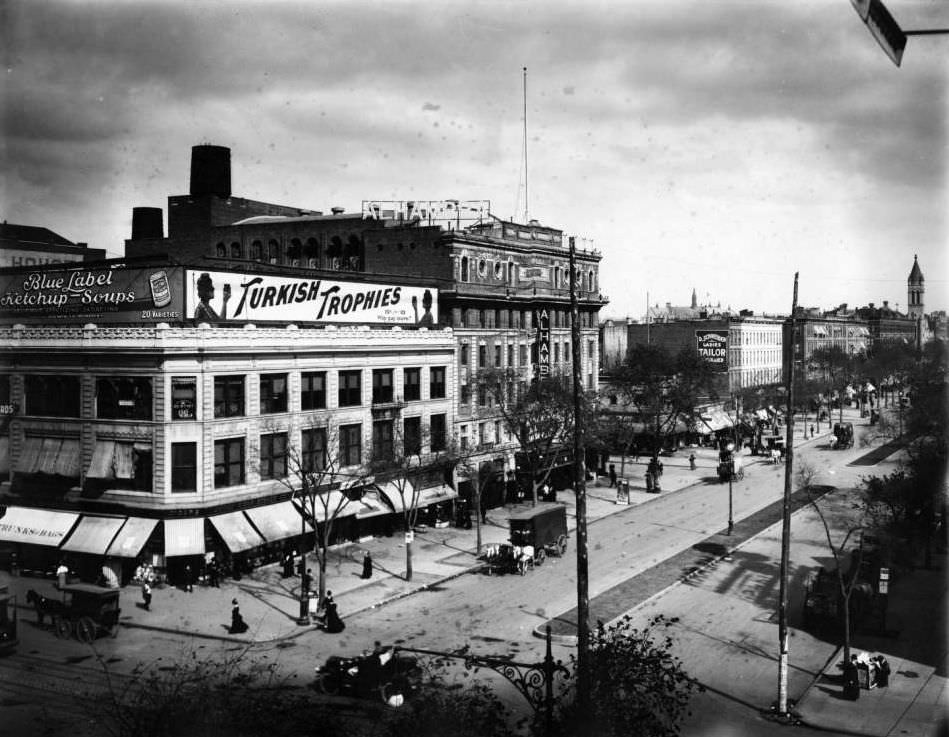
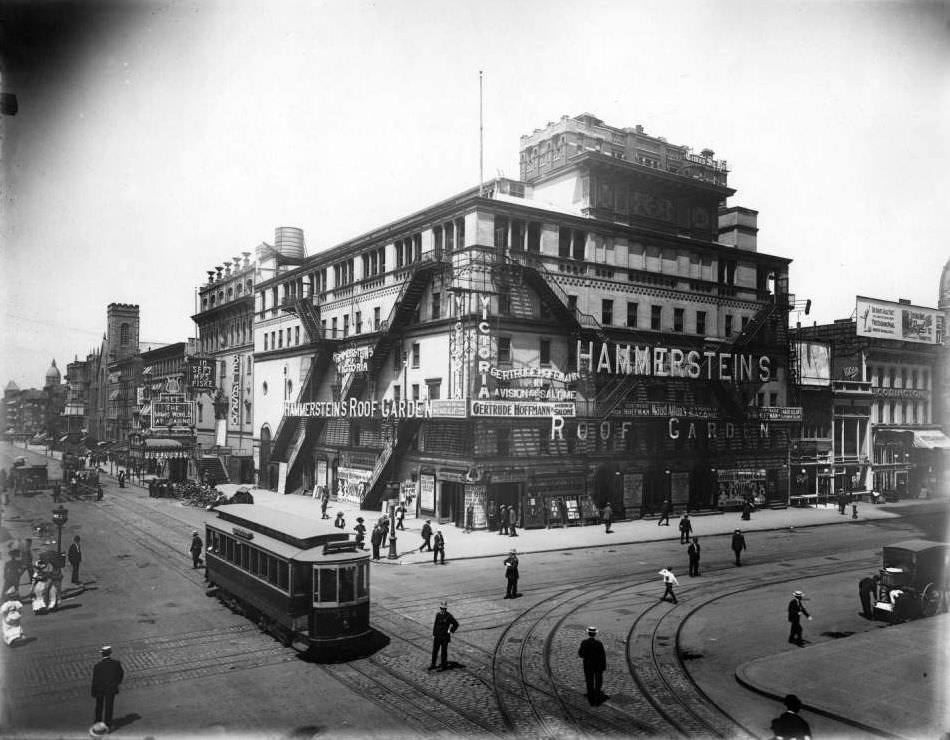

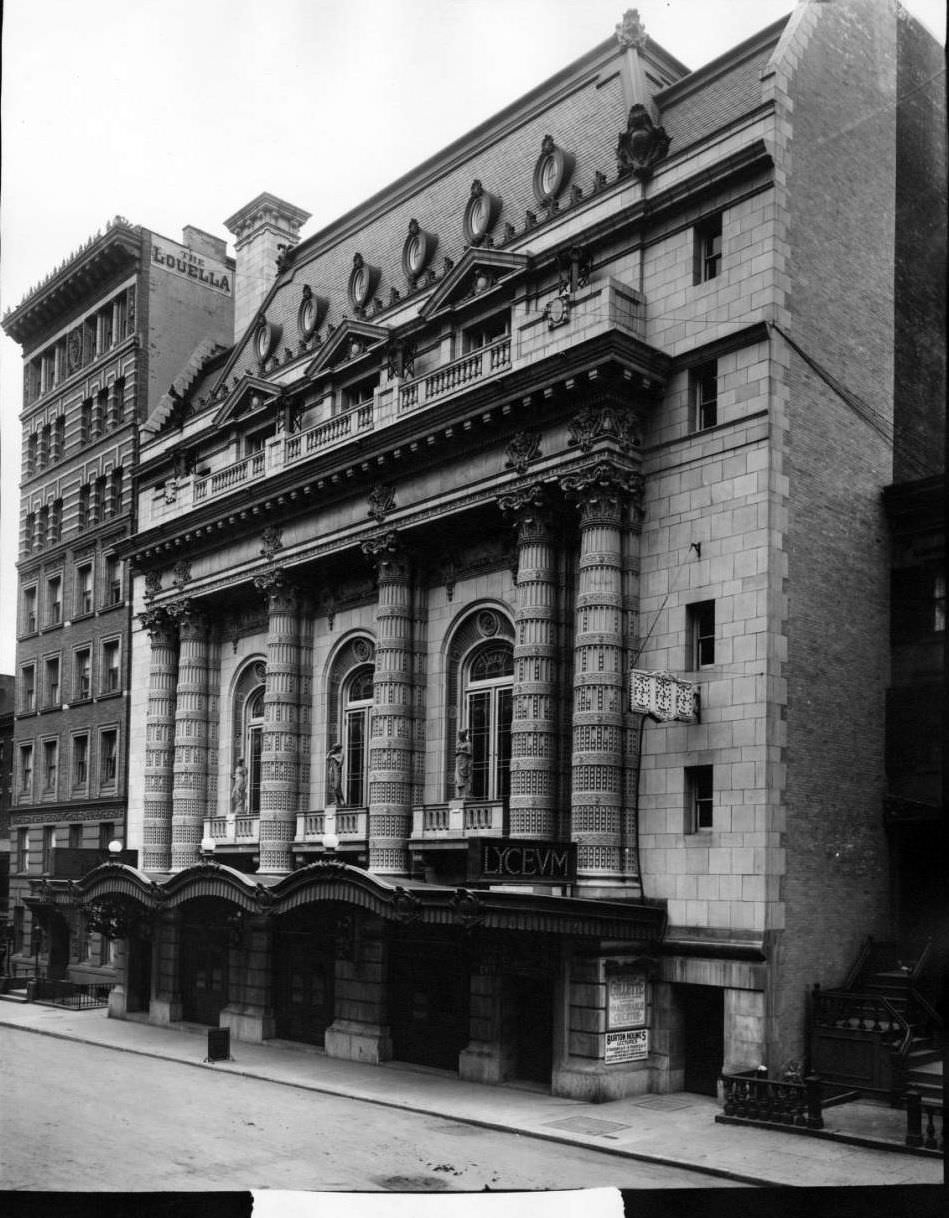
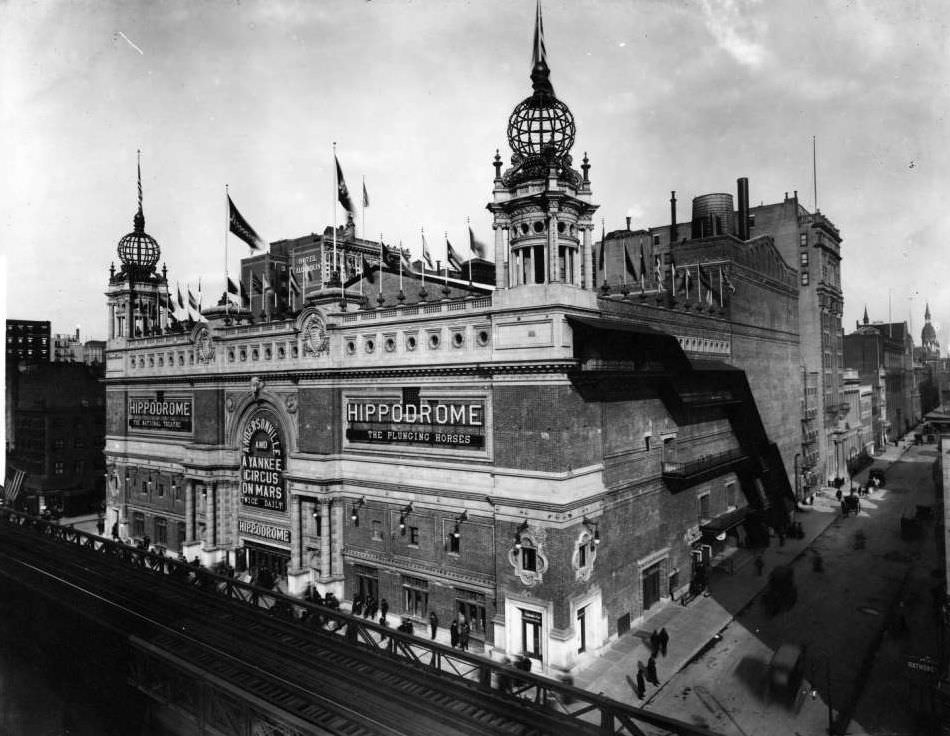
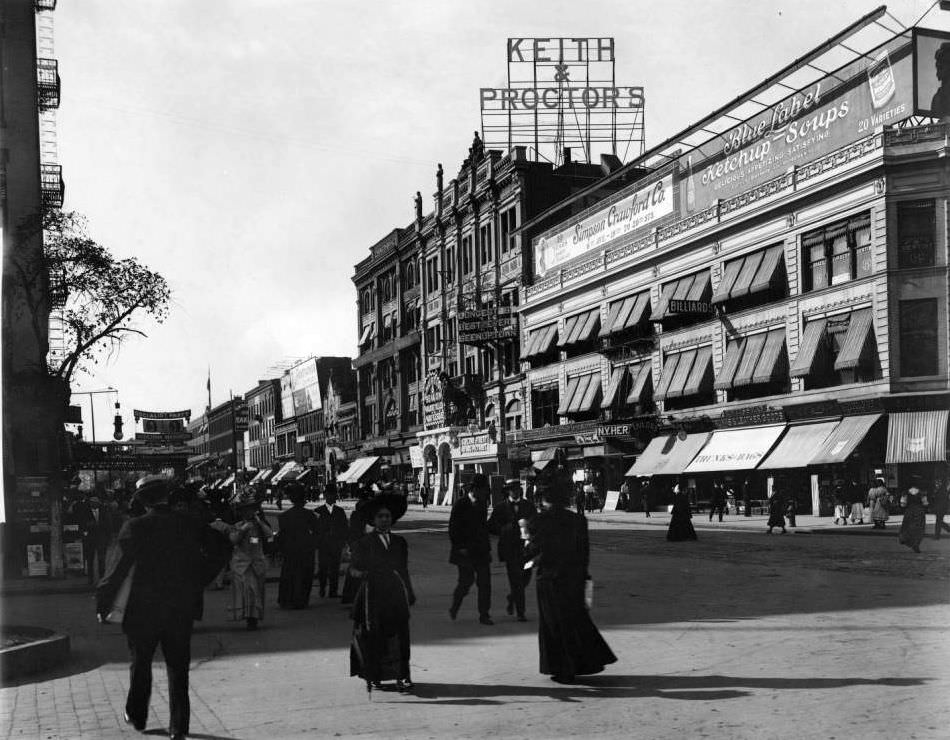


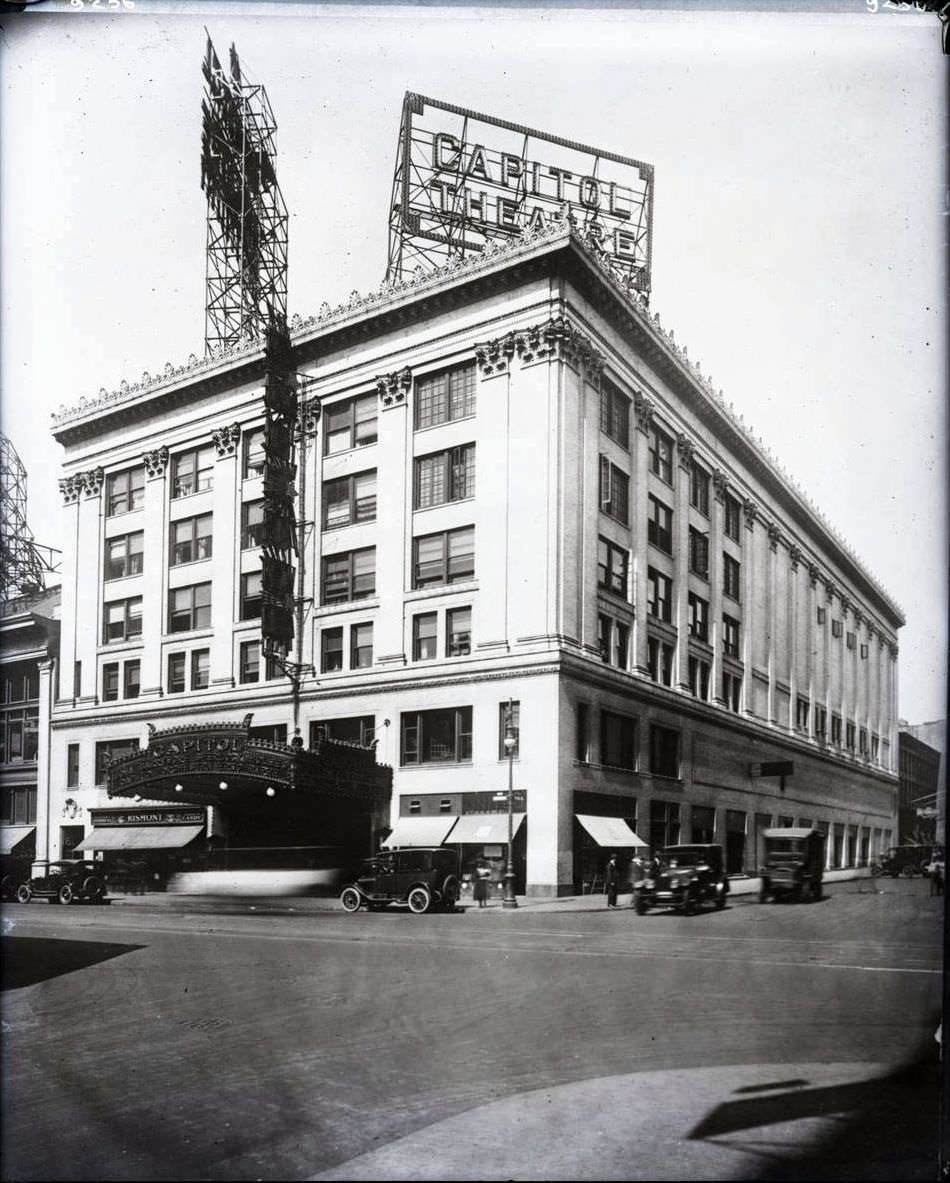
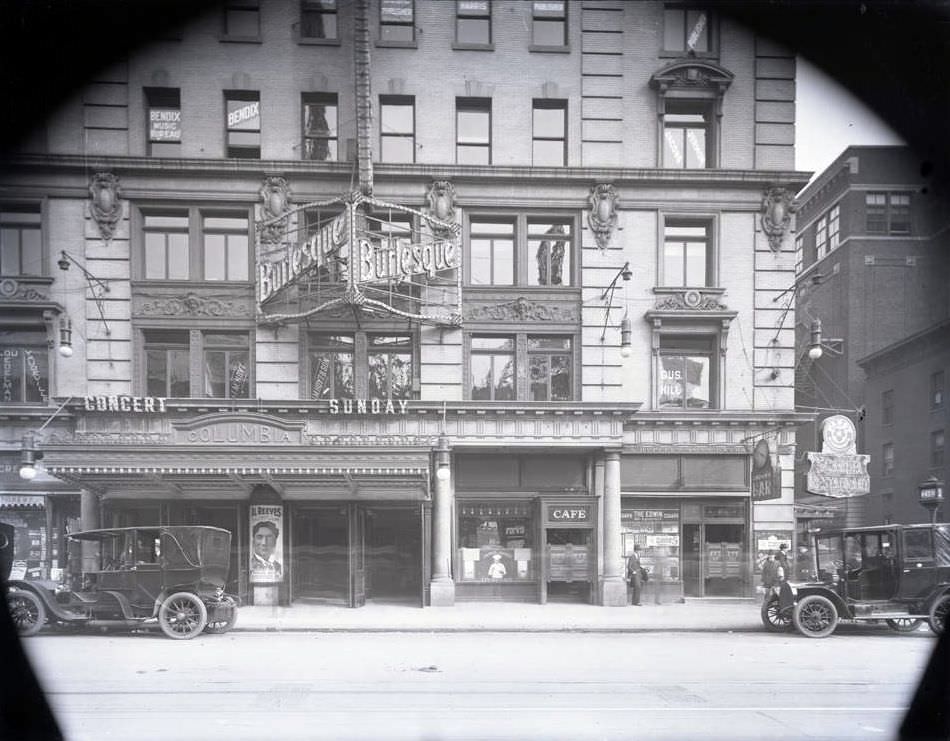
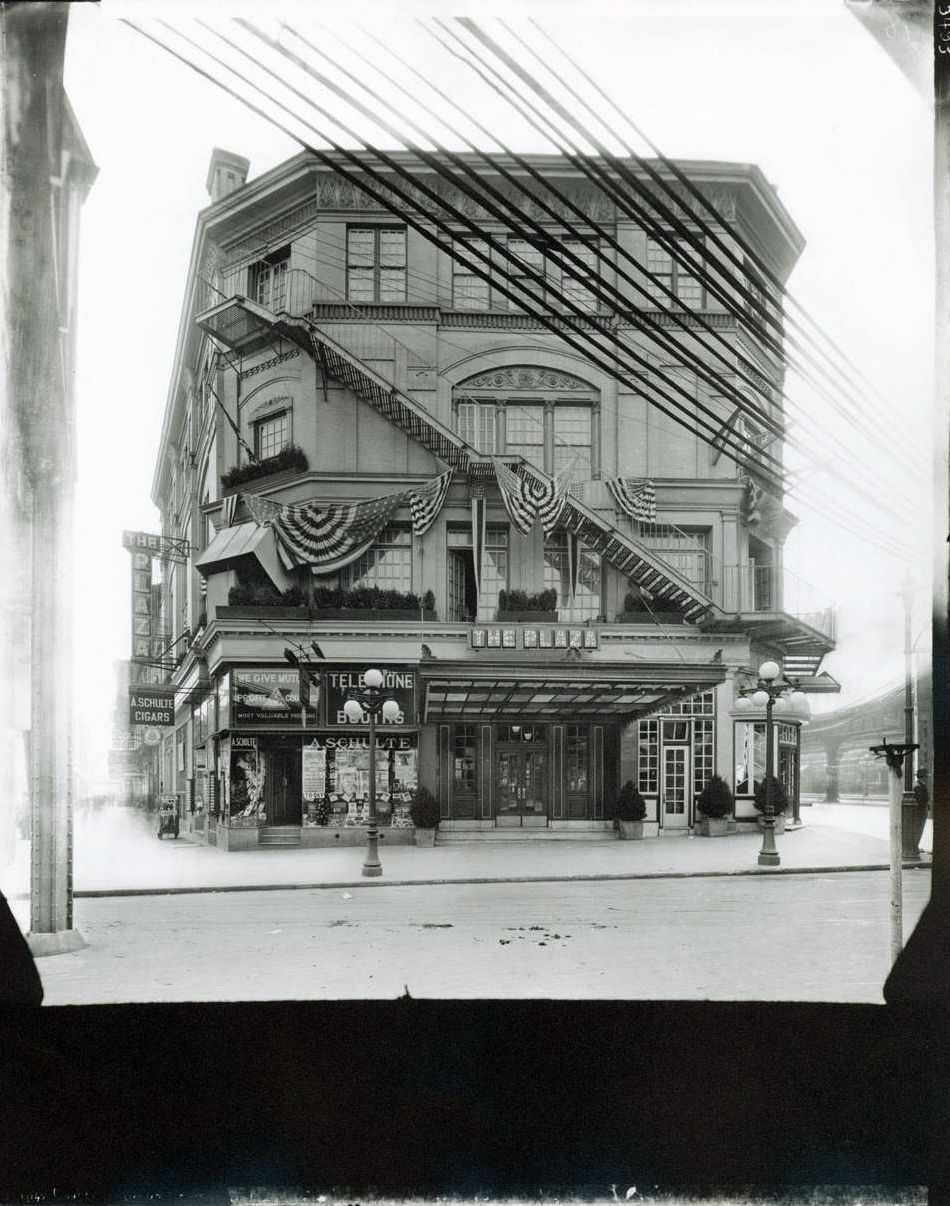
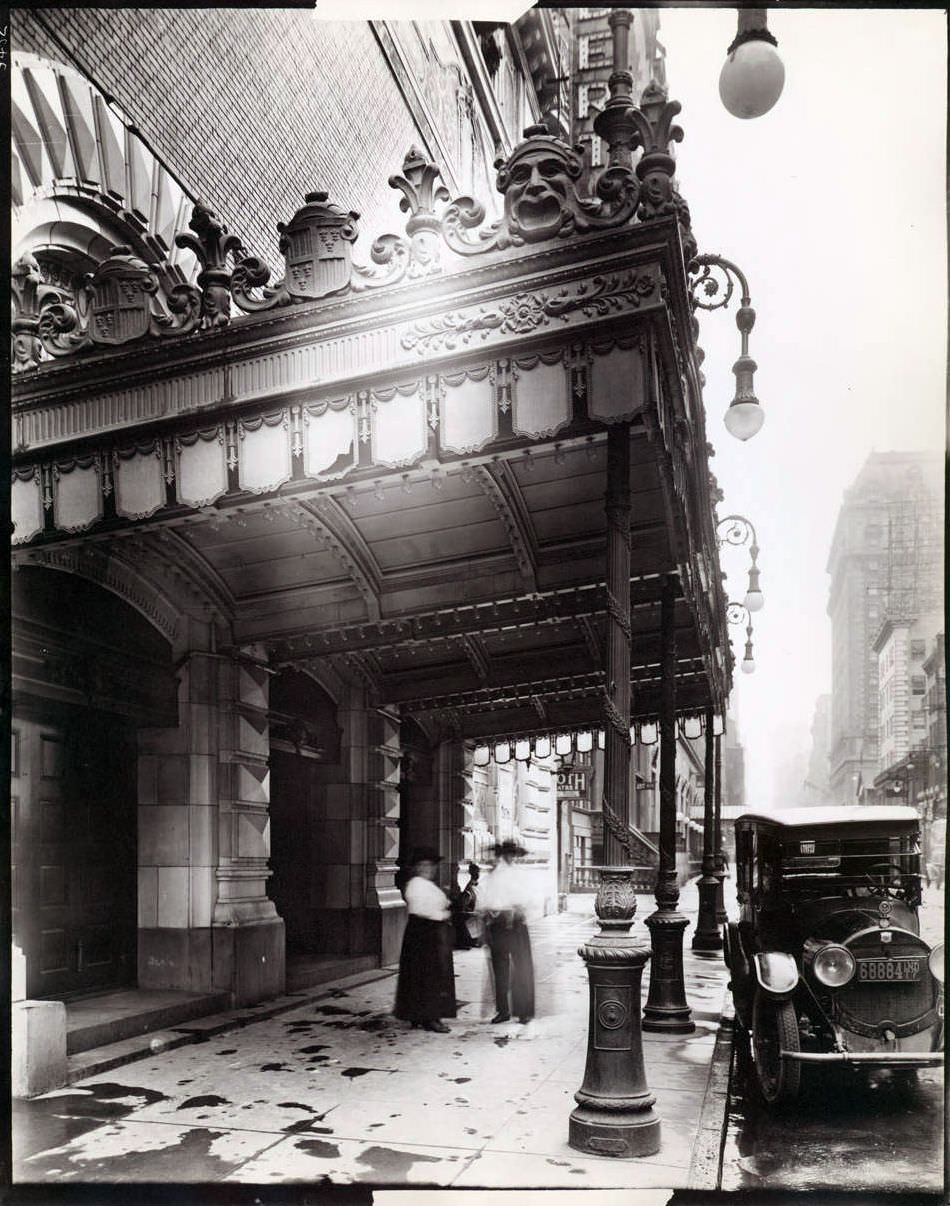

GIPHY App Key not set. Please check settings